Best phones 2025 tested — Our top picks
We've reviewed dozens of handsets to find the best phones at a wide range of prices
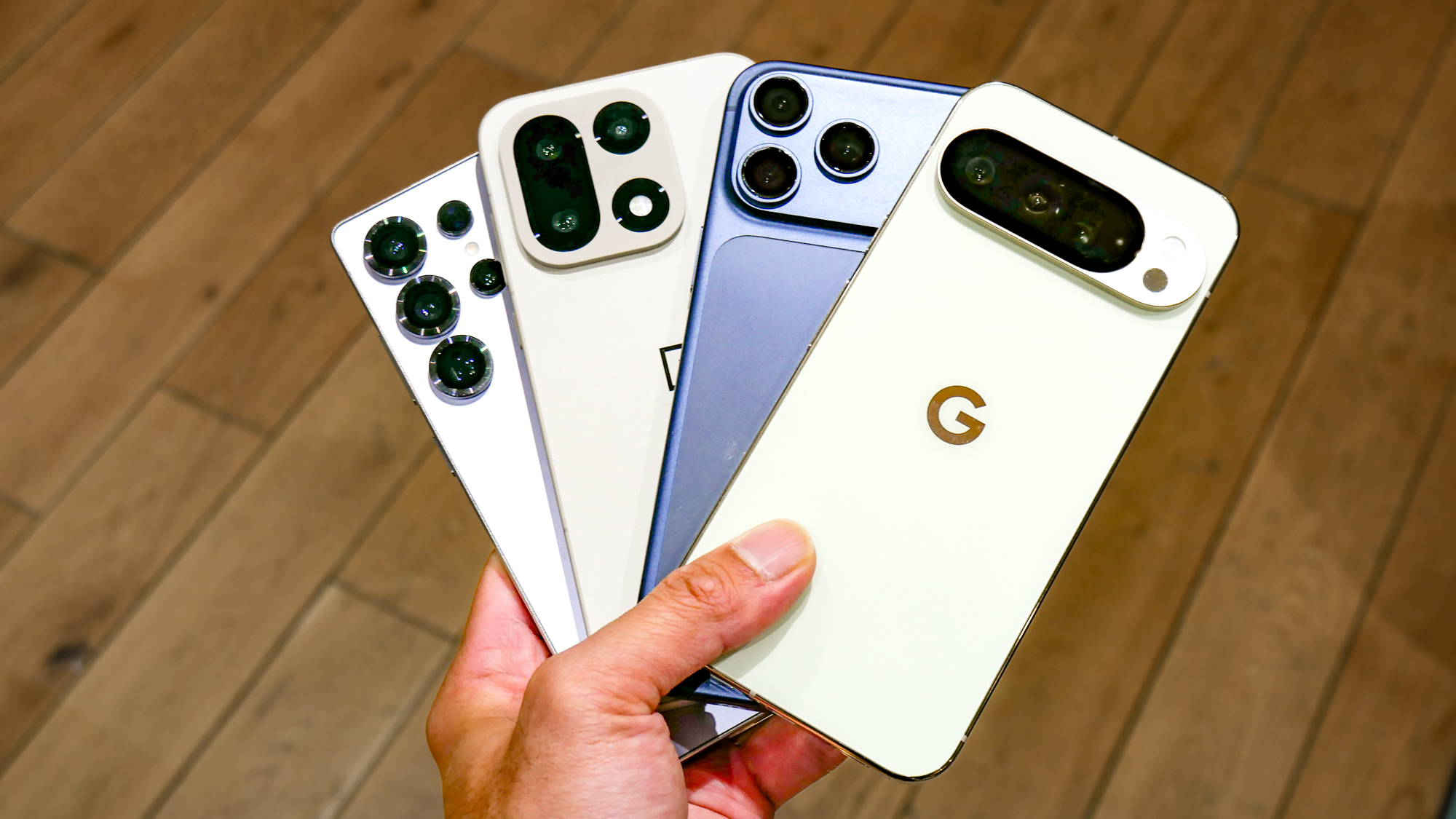
I've been testing and reviewing phones for nearly two decades now, and in that time, I've never seen stiffer competition among the best phones. Now that the end of the year is nearing, we have a clearer picture of all the best phones and how they compare against one another.

1. iPhone 17 Pro Max: Best overall
2. Galaxy S25 Ultra: Best camera phone
3. Pixel 9a: Best under $500
4. Pixel 10 Pro: Smartest phone
5. iPhone 17: best iPhone value
6. OnePlus 15: Best Android flagship value
7. Pixel 10: Zoom photography for less
8. Nothing Phone 3a Pro: Best alternative value
9. Galaxy Z Flip 7: Best foldable
10. iPhone Air: Best thin phone
All of the major phone launches for the season have happened, starting off with Samsung's new foldable phones, like the Galaxy Z Flip 7, proceeded by Google's Pixel 10 phones, Apple's new iPhone 17 devices, and the OnePlus 15.
If you need a phone now, I've turned to the rest of the phone reviews team at Tom's Guide to put together this list of 10 top devices that tick all the boxes for performance, camera features and battery life. Now that Apple released its new devices, the iPhone 17 Pro Max takes the crown away from the Galaxy S25 Ultra.
Apple gives the iPhone 17 Pro Max its biggest hardware and software makeovers, with attractive looking two-toned design and iOS 26 update. The base model in the lineup, the iPhone 17, also gets its biggest upgrades in years with a 120Hz refresh rate and double the storage capacity.
Samsung's reign at the top spot has been impressive given it has remained there for since the beginning of the year. But you can't go wrong with any of the new Galaxy S25 models, but the S25 Ultra is the best of the bunch by far. It's the longest-lasting Samsung phone we've tested, with a big, bright screen and an impressive bath of Galaxy AI features, some of which are exclusive to Samsung's latest flagships.
Of course, those Galaxy AI features are available on all of the S25 models, which is why you're not missing a step should you opt for the cheaper Samsung Galaxy S25. You'll also find great AI capabilities on both the Galaxy S25 Edge and the Galaxy Z Flip 7, two phones with their own unique designs.
If you're reluctant to pay $1,000 or more for a phone — and I can't say I blame you — the Pixel 9a stands out for its sub-$500 cost. You also can beat the high-cost of smartphones by opting for the iPhone 17, which matches the Apple Intelligence features of the more expensive iPhone 17 Pro Max. Google's leans even more into AI with the Pixel 10 and Pixel 10 Pro, with the former setting the bar for all $799-priced phones.
I've reviewed many of these phones first-hand, with other Tom's Guide phone experts adding their thoughts and insights for an in-depth look at which devices you should consider. Between every one of our phone reviewers, we've got nearly five decades of experience evaluating phones from every possible angle.
Our best phone picks are based on our lab tests and real-world use of each phone we get our hands on. Here are the 10 phones you should consider if you're looking to get a new handset right now.
The 3 best phones — quick list

The best iPhone comes with the best performance as well. If you're after that best in class experience, look no farther than the iPhone 17 Pro Max, which gets a physical makeover, upgraded telephoto camera, and obscenely long battery life.
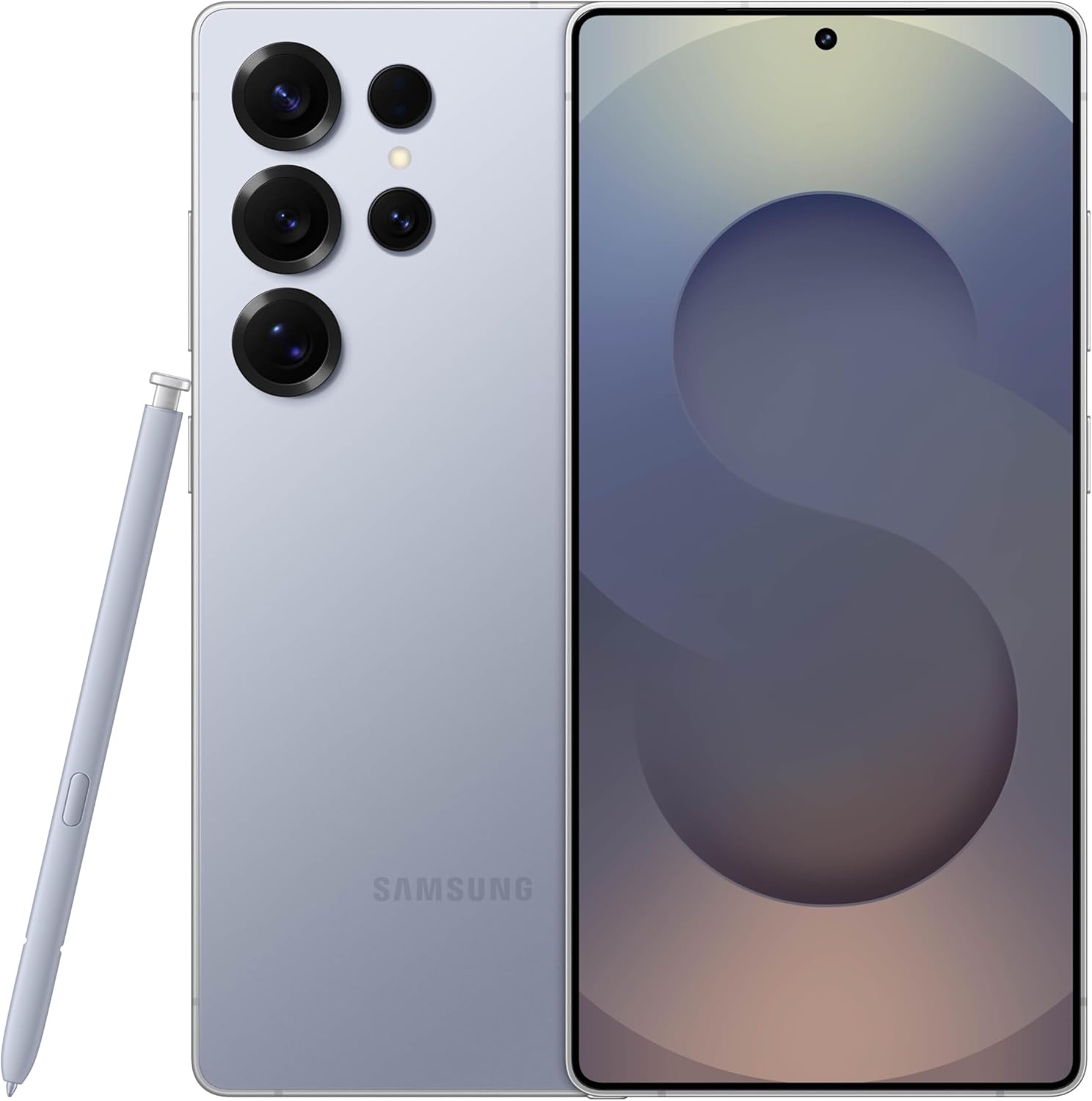
When it comes to giving you the most utility, you can't top the Galaxy S25 Ultra with its quadruple camera system, handwriting took with the S Pen, useful Galaxy AI features, and the desktop PC-like experience of Samsung DeX.
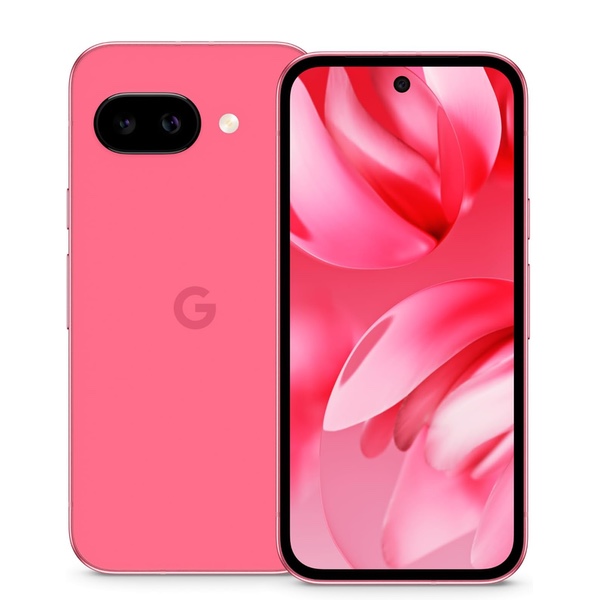
With a Tensor G4 chip offering most — though not all — of the AI features found on the Pixel 9 flagships, the Pixel 9a is a great low-cost flagship alternative. And its cameras perform much better than the ones on many more expensive devices.
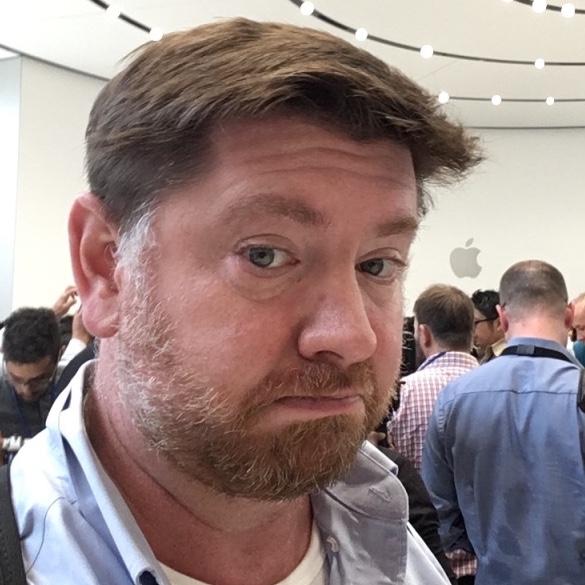
I'm the managing editor for mobile at Tom's Guide, where I've been working since 2015. In total, I've covered technology for 25 years now — I was even there when Steve Jobs showed off the original iPhone back in 2007. I've been looking at and testing phones since that day, and if you visit my Northern California home, you can marvel at the stacks of phones I keep handy for head-to-head testing.
The best phone overall

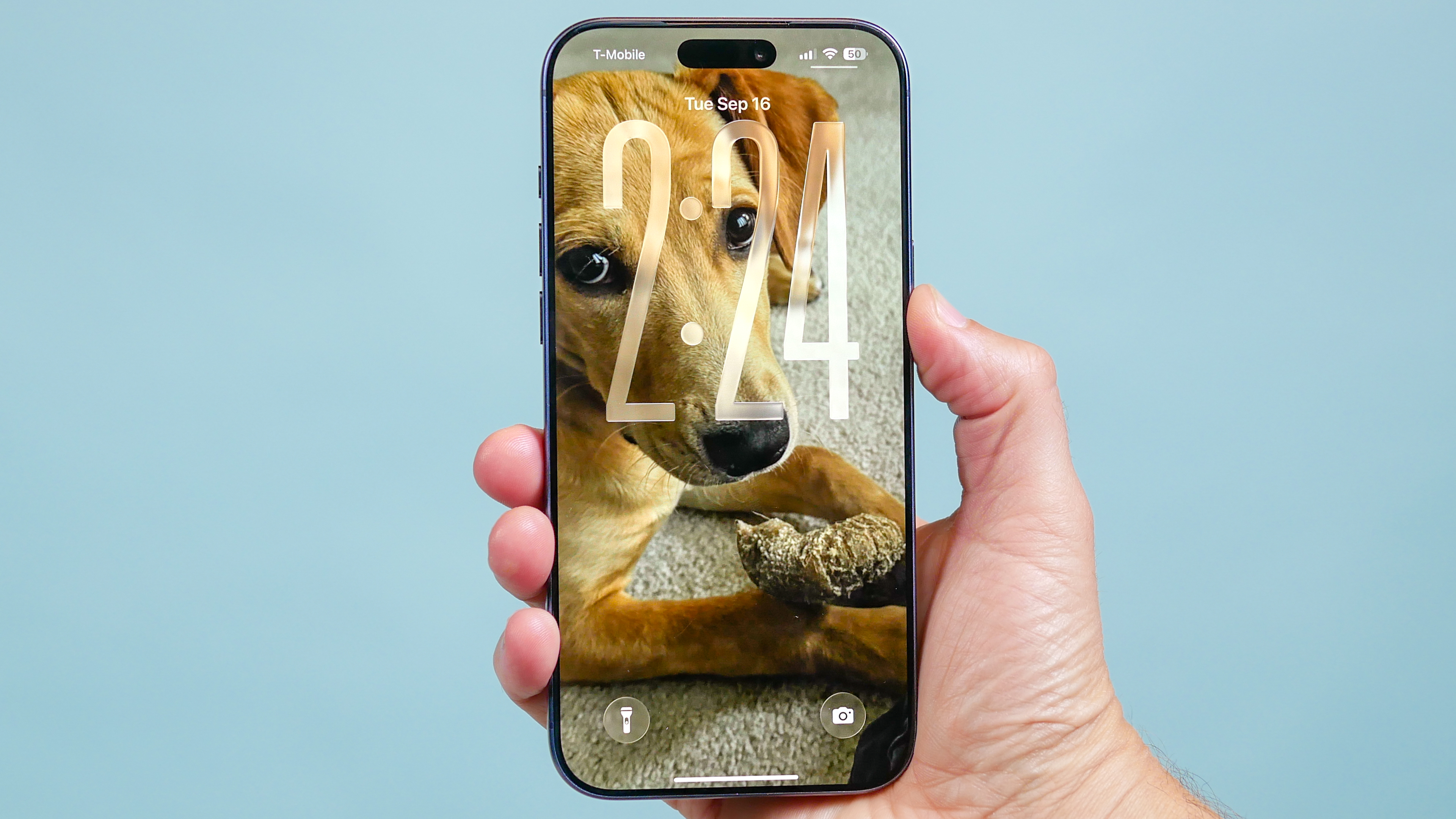
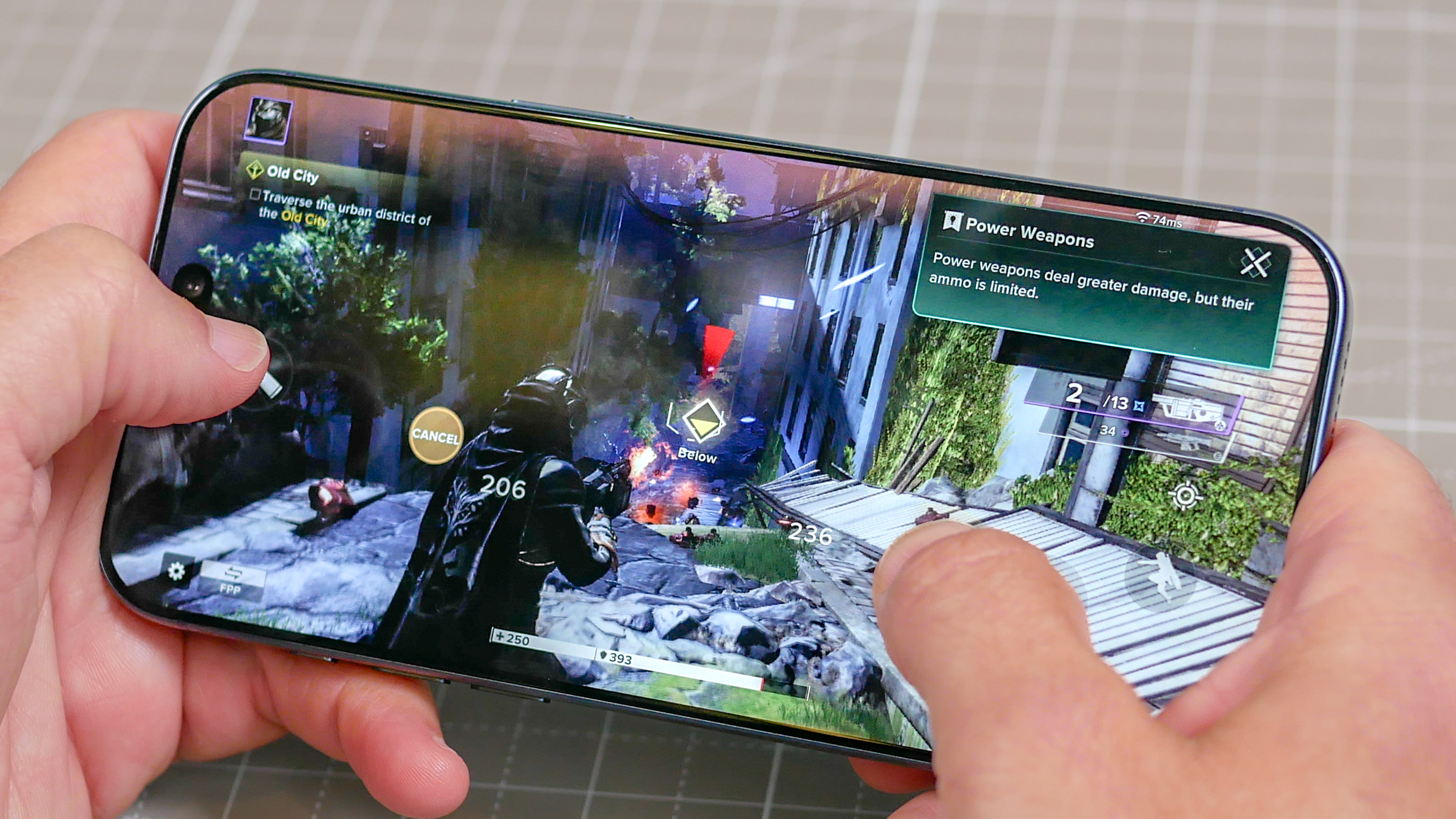
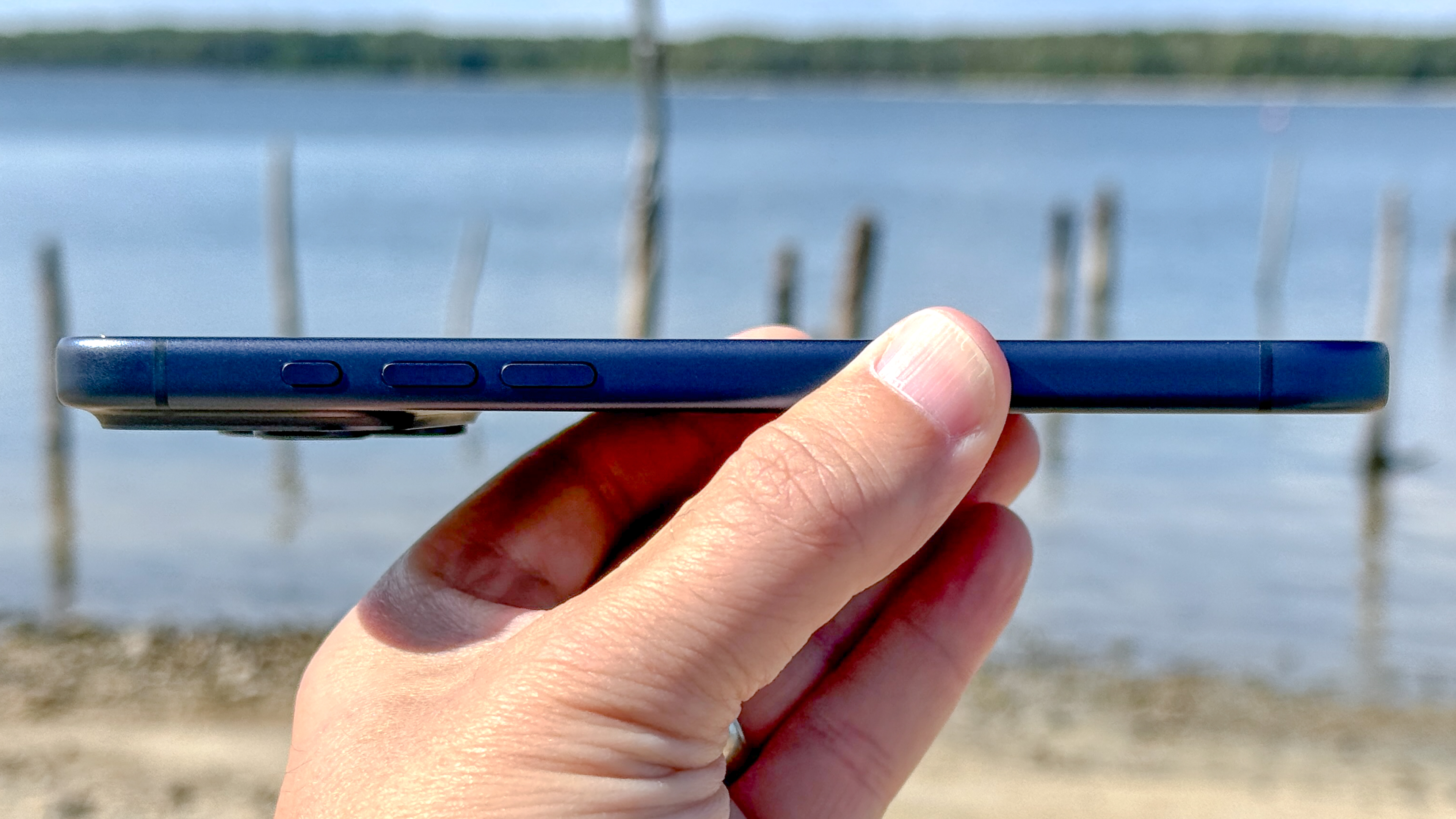
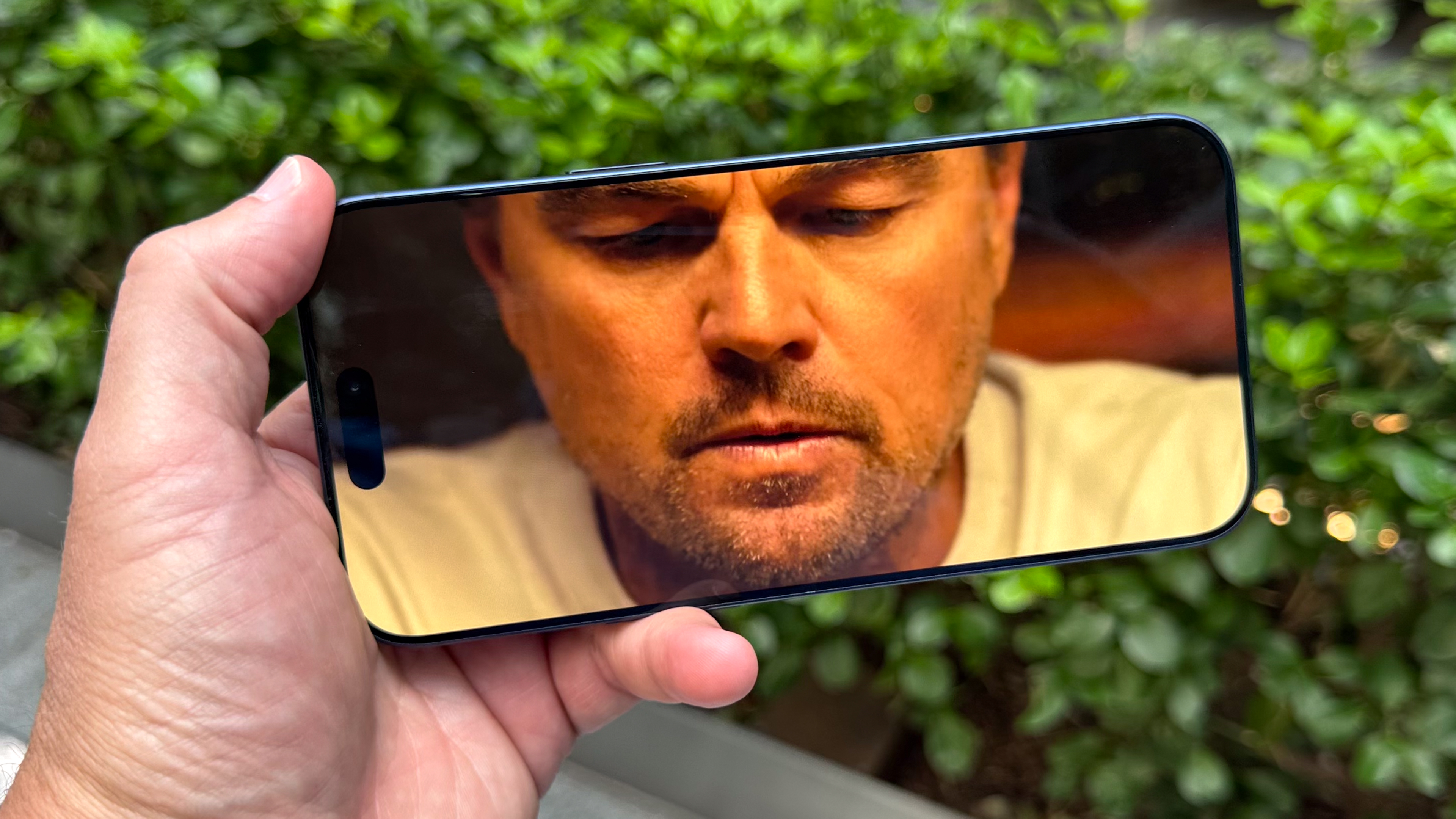
Specifications
Reasons to buy
Reasons to avoid
The iPhone 17 Pro Max gives Apple the top spot top spot away from the Galaxy S25 Ultra to become the best phones we've tested, but that's more of a reflection of its upgrades and new redesign. Promised Siri improvements tapping into AI won't arrive until 2026, but there are some additional Apple Intelligence features included with the iOS 26 release.
Just like how Liquid Glass is a big makeover for the software, there's still plenty to love about the iPhone 16 Pro Max's hardware. This model offers a brand new, two-toned design that brings the biggest change to the series since the Pro Max's inception, an upgraded telephoto camera, faster processor, and new Center Stage front camera.
You won't have to ditch your iPhone 16 Pro Max if you upgraded in 2024, But owners of older iPhones will appreciate the boosts in performance, photo processing and smarter features that the iPhone 17 Pro Max brings to the table.
Price and value: While this model commands the same $1,199 cost as its predecessor, its faster A19 Pro chip and bigger battery means you're getting more for your money. That's particularly true when the Ultra model of Samsung's Galaxy S flagships costs $100 more than Apple's top model.
"Less expensive" is relative, though, as the iPhone 17 Pro Max's $1,199 starting price is a lot for some people to pay.
Camera performance: iPhones live and die by their cameras, and the telephoto lens on the iPhone 17 Pro Max offers some notable improvements. Apple ditches the 12MP 5x optical zoom camera of the iPhone 16 Pro Max and instead swaps its for a 48P telephoto with 4x optical that can achieve 'optical-quality' at 8x zoom. If that's not enough, it also packages in a new 18MP Center Stage camera that makes shooting selfies a lot more convenient.
If there's one area where the iPhone 17 Pro Max still proves untouchable, it has to be none other than low light performance. The photos it captures with night mode are brighter, sharper, and more detailed than all the other flagships.
Battery and charging: The battery on the iPhone 17 Pro Max lasts nearly 18 hours on our battery test, where we have a phone surf the web until its battery gives out. The average phone barely makes it past 10 hours, but the iPhone 17 Pro Max was just getting warmed up at that point. No other iPhone has ever lasted that long, with the iPhone 16 Plus coming the closest with an average result of around 16.5 hours.
It's also worth noting that Apple increases the wired charging speed of the iPhone 17 Pro Max to 35W.
Overall performance: Qualcomm's Snapdragon 8 Elite is giving the iPhone all it can handle, but the A19 Pro chipset powering the iPhone 17 Pro Max turns out to be faster in some regard.
We noticed the extra oomph when using the iPhone 17 Pro Max to perform everyday tasks and switch between apps. When we used the iPhone 17 Pro Max to transcode a video, the task took half as long as it did on the Galaxy S25 Ultra. And with a vapor chamber inside, the iPhone 17 Pro Max runs at top performance while remaining cool.
Verdict: The iPhone 17 Pro Max wins top marks for design, photography and performance. There's room for improvement with AI features, and it's very expensive relative to some of the other phones on this list, but you definitely get a lot of power and polish for your money.
Read the full review: iPhone 17 Pro Max
Attributes | Notes | Rating |
|---|---|---|
Price | This is the most expensive iPhone Apple sells. You can save $100 with the iPhone 17 Pro, if you don't mind the smaller screen and less battery life. | ★★★☆☆ |
Cameras | The iPhone 17 Pro Max is one of the best camera phones we've tested, though both the Pixel 10 Pro and Galaxy S25 Ultra beat it on zoomed shots. | ★★★★☆ |
Power | Snapdragon 8 Elite-powered phones may have caught up to Apple's silicon, but the A19 Pro continues to be a top performer, particularly when it comes to overall speed and daily tasks. | ★★★★★ |
Battery life | You won't need to charge your phone up during the day. The iPhone 17 Pro Max is the longest-lasting iPhone we've ever tested, finishing ahead of the iPhone 16 Pro Max. | ★★★★★ |
More on the iPhone 17 Pro Max
Why you can trust Tom's Guide
- The best iPhones
- I'm buying a new iPhone 17 Pro Max — but only because it's orange
- iPhone 17 Pro Max vs Samsung Galaxy S25 Ultra: Which flagship will win?
The best camera phone


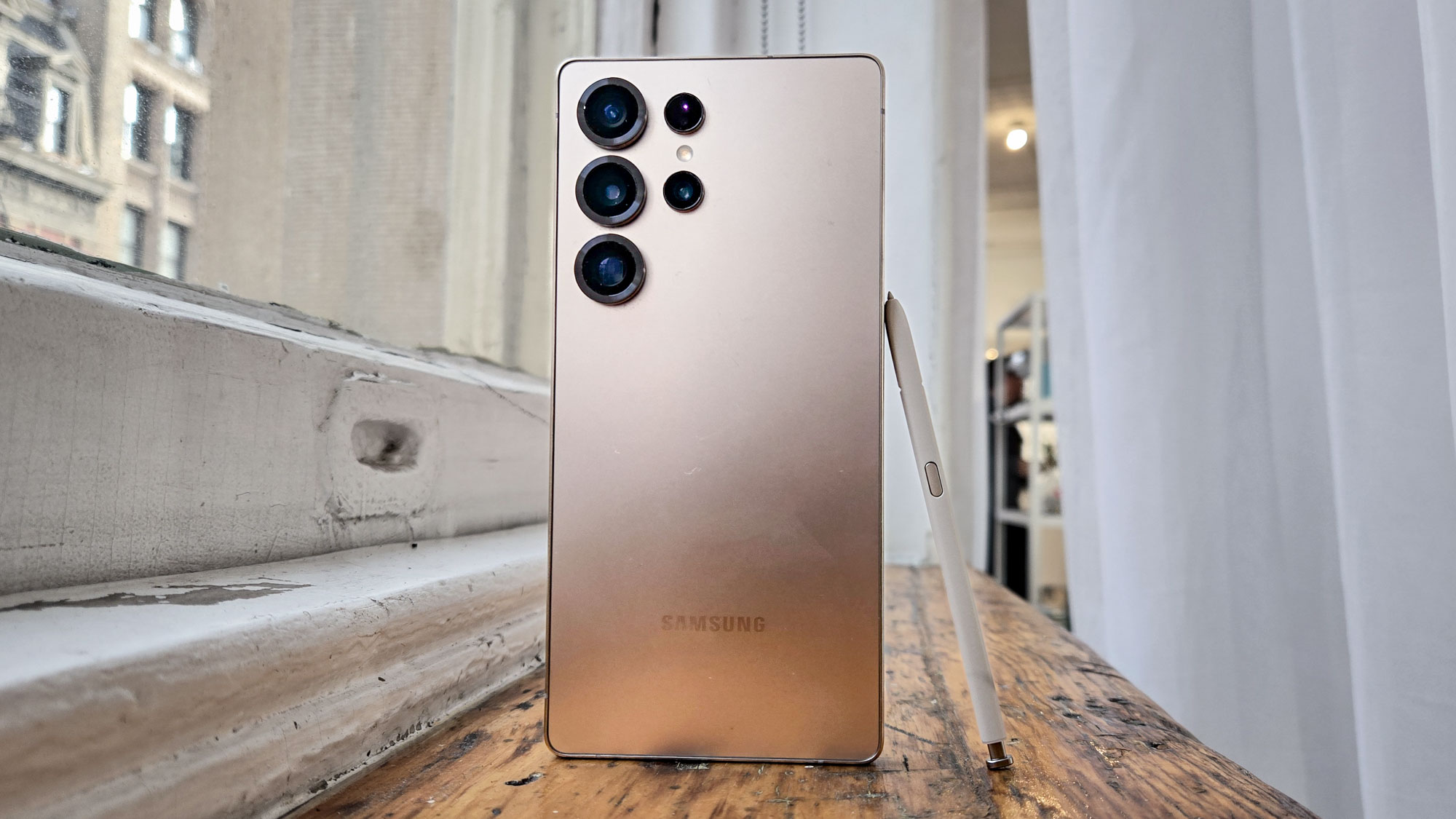
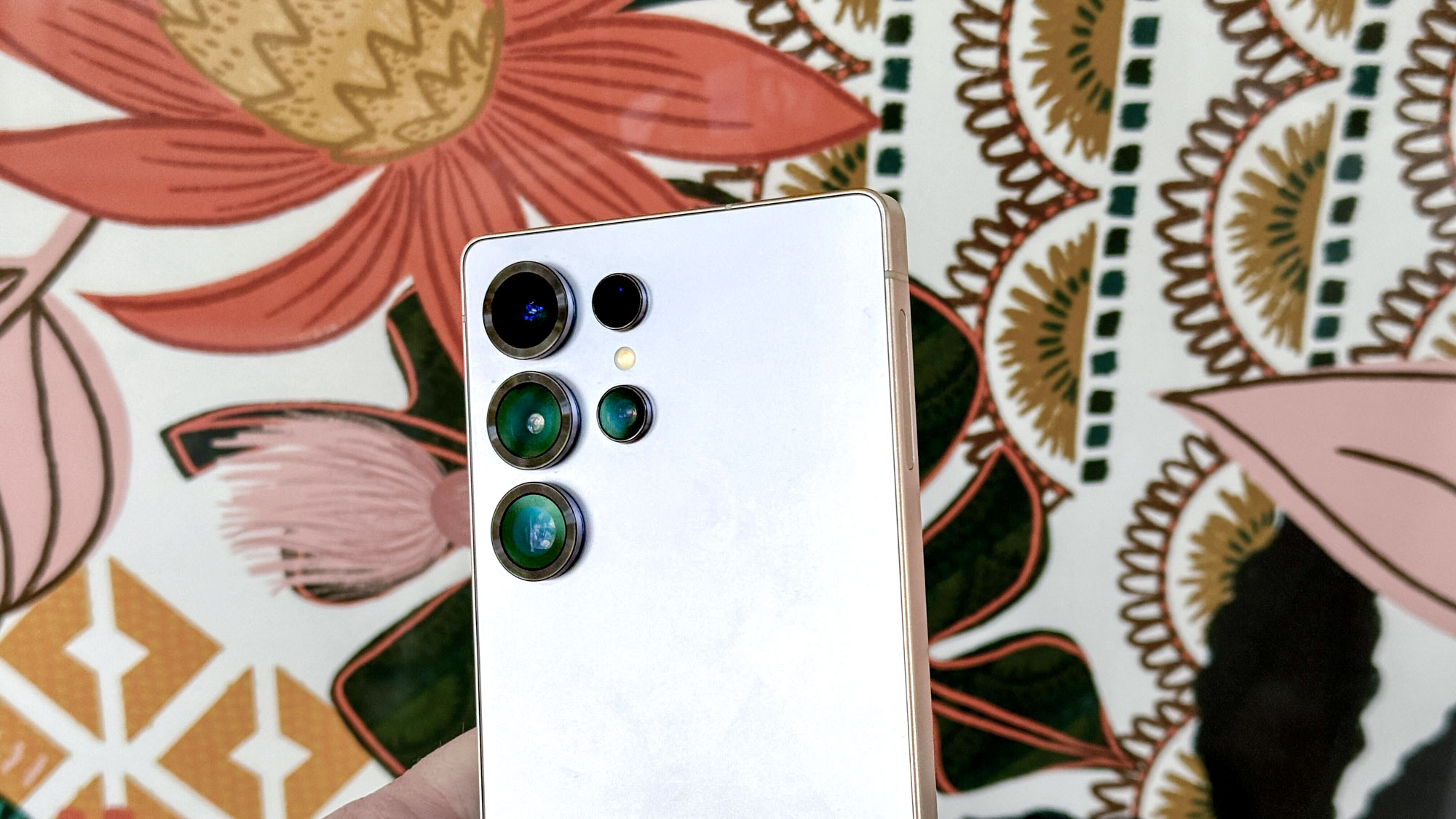

Specifications
Reasons to buy
Reasons to avoid
Don't look for big hardware changes with the Galaxy S25 Ultra compared to last year's model. instead, Samsung has put the focus on building out its Galaxy AI features to excellent effect. In fact, it's fair to say, that mobile AI gets to the next level with the Galaxy S25 Ultra.
That's because Samsung has added important features like cross app actions, where you can use the on-board digital assistant to interact with apps on your phone — both Samsung and Google apps, initially, along with Whatsapp and Spotify. Even better, you can give one command that triggers multiple actions, like looking up the date of an event, adding it to your calendar and texting the info to a friend.
A Personal Data Engine on board the phone learns your preferences, interests and activities and fills a new Now Brief screen with relevant information about upcoming appointments, weather forecasts or more. Now Brief felt pretty bare bones during our initial Galaxy S25 Ultra testing, but the promise is that it's going to learn more about you over time and adjust its recommendations accordingly. Now that the S25 Ultra's been out a few months, we'll circle back to see if the feature has come into its own.
Other AI favorites like Circle to Search gain new powers and new features like the Now Bar serve as Samsung's version of Live Activities on the iPhone, helping you track ongoing notifications from your lock-screen. None of this is to diminish the hardware changes that are present on the Galaxy S25 Ultra, but AI takes the starring role here. And it's quite a star turn at that.
Price and value: If there's one blemish to the Galaxy S25 Ultra, it's that the phone continues to cost more than rival flagships. At $1,299, this phone costs $100 more than the most expensive flagships from Apple and Google. But at least Samsung managed to avoid price increases this year, and the base model of the Galaxy S25 Ultra offers 256GB of storage. Galaxy S25 Ultra deals let you whack down the price of this phone a bit.
Camera performance: The biggest hardware change to the Galaxy S25 Ultra's camera setup involves an upgraded ultrawide sensor — it's now 50MP for more detailed shots and sharper macros. But upgrades to the ProVisual Engine that processes photos have paid off big for this year's Galaxy devices, and the S25 Ultra reaps the rewards.
When my colleague Mark Spoonauer put the S25 Ultra up against the iPhone 16 Pro Max in an 11-round photo face-off, the Galaxy S25 Ultra wound up winning more rounds. In particular, Samsung's phone excels at zooms, selfies and low-light shots. The Galaxy S25 Ultra is also proving it's better at zooming against the iPhone 17 Pro Max.
There are still some areas where the iPhone 17 Pro Max takes better shots, but the Galaxy S25 Ultra photo output has improved enough to make me conclude that this is the best camera phone you can buy right now.
Battery and charging: Samsung didn't increase the battery size from the Galaxy S24 Ultra, but even so, this year's model outlasted its predecessor on our battery test by 45 minutes. The Galaxy S25 Ultra was able to surf the web over cellular for 17 hours and 14 minutes, the longest time we've recorded for a Samsung device. Credit the Snapdragon 8 Elite inside the phone for improving power efficiency.
Charging speeds are unchanged from the previous few Ultra models, though Samsung has nominally added Qi2 wireless charging support. However, since the phone doesn't feature magnets on its back for a more secure fit with Qi2 charging pads, you're losing many of the benefits of the new charging standard unless you buy a Qi2-ready case.
Overall performance: The Snapdragon 8 Elite inside the Galaxy S25 Ultra does more than just help the new phone last longer on a charge. It also delivers some of the best performance we've seen on an Android device, especially since Samsung is using an overclocked version of the silicon. That helps the Galaxy S25 Ultra produce better benchmark numbers than the OnePlus 13, which also has a Snapdragon 8 Elite chipset. But the gaming-focused Asus ROG Phone 9 Pro can lay claim to the speed king title, thanks to its numbers on some tests.
The neural engine on the Snapdragon 8 Elite coupled with 12GB of RAM on the base model give the Galaxy s25 Ultra enough processing muscle to handle more AI tasks on device. And the Galaxy S25 Ultra comes with a bigger, brighter display than last year's model so everything from gaming to streaming looks better on this new device.
Verdict: The Galaxy S25 Ultra proves that big hardware changes aren't necessary to make a splash in the smartphone world. The Galaxy AI features debuting on this year's premium Samsung phone are reason enough to upgrade, especially if you've got an older phone. And the improved cameras, longer battery life and brighter screen add to the value, even if you find the Galaxy S25 Ultra's high price a little hard to swallow.
Read the full review: Samsung Galaxy S25 Ultra
Attributes | Notes | Rating |
|---|---|---|
Price | As great a phone as the Galaxy S25 Ultra is, $1,299 is a lot to pay for a handset, especially when you can get an iPhone 16 Pro Max or Galaxy 9 Pro XL for $100 less. | ★★☆☆☆ |
Cameras | The camera competition between the Galaxy S25 Ultra and the iPhone 16 Pro is a tight one. But based on the head-to-head shots we've taken so far, the better zooms and low-light images help the S25 Ultra edge out the iPhone 16 Pro Max. | ★★★★★ |
Power | The days of Android phones playing second fiddle to Apple on performance are over. The Galaxy S25 Ultra excels in graphics testing and even beats the best iPhones in some CPU speed tests. A vapor chamber helps keep the phone cool | ★★★★★ |
Battery life | The longest-lasting Samsung phone ever manages to outlast the Galaxy S24 Ultra, which was no slouch in the battery department, even with the same sized battery. Credit the Snapdragon 8 Elite for top power management features. | ★★★★★ |
More on the Samsung Galaxy S25 Ultra
Best under $500



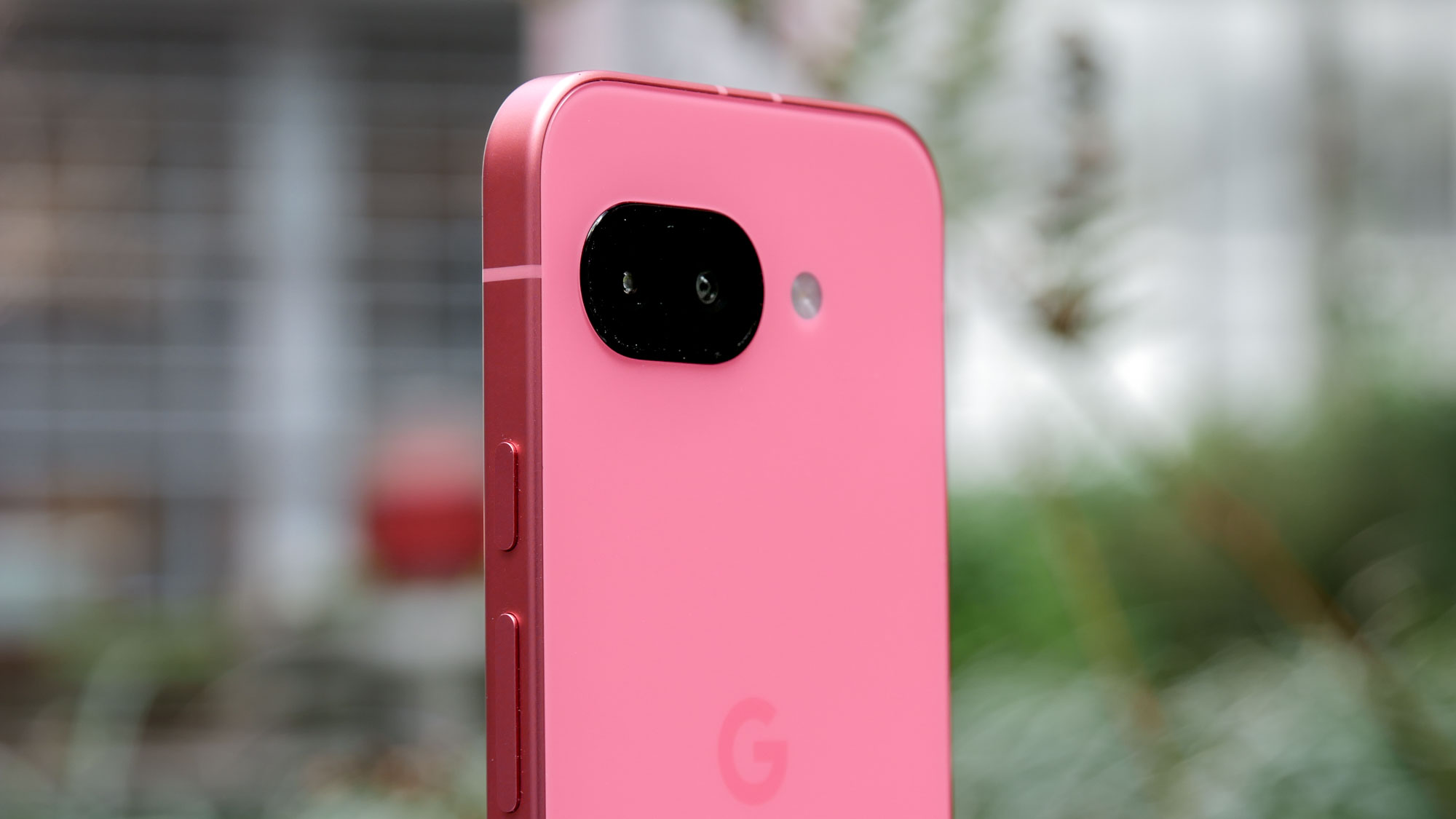
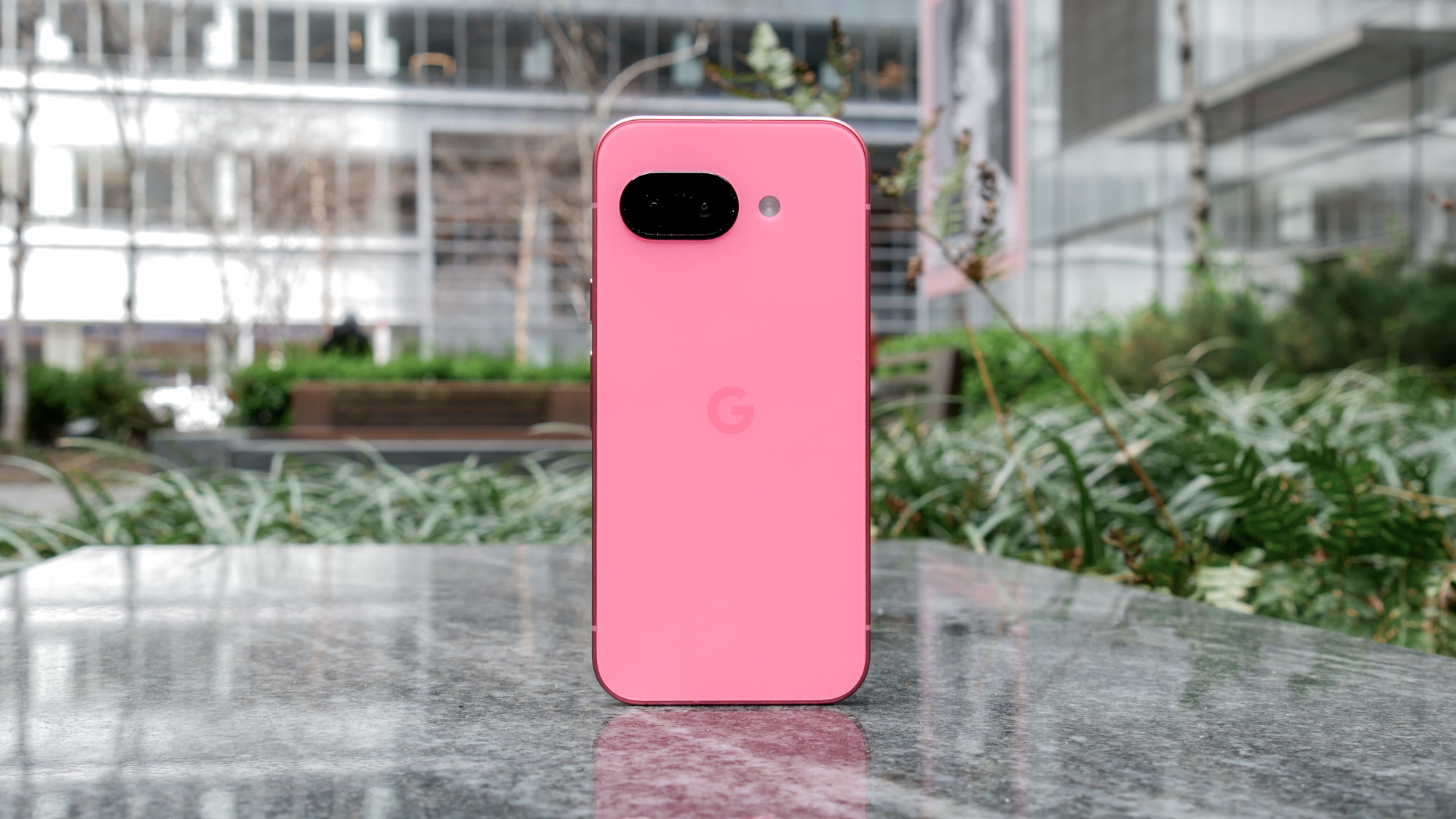
Specifications
Reasons to buy
Reasons to avoid
Everyone was fretting on how Google was planning to price the Pixel 9a ahead of the phone's spring launch, but the company's decision to keep its midrange phone at the same $499 price as the Pixel 8a is a welcome relief. The cost of the Pixel 9a looks even better now that Apple is charging $599 for its cheapest phone, the iPhone 16e.
Looking at this best cheap phone contender, I can tell you that it's upgraded in every way, including its design. You can't help but appreciate how the Pixel 9a brings back a long forgotten phone design with its nearly flush camera design on the back of the phone. I admit to being a fan of the horizontal camera bar on other Google phones, but the Pixel 9a's look has its advantages, too.
Meanwhile, the Pixel 9a makes for a compelling option with its Tensor G4 chip, larger 6.3-inch Actua display, bigger battery, and more AI features. After my colleague John Velasco reviewed the Pixel 9a, I can agree that it's the budget phone to beat with the most value.
Price and value: In addition to sparing your budget with its $499 price, the Pixel 9a should last you a very long time. Google provides the same seven years of software and security updates as the pricier Pixel 9 Pro and 9 Pro XL models.
If the price isn't enough to convince you, just know that there are Pixel 9a deals that discount the phone even more from its normal price, while also throwing in freebies.
Camera performance: While the somewhat flush camera design on the back of the phone is a stark change over the previous camera bar designs we've seen from Google, the Pixel 9a also gets its share of hardware upgrades. There's now a 48MP main camera that pairs with a 13MP ultrawide. While the main camera is down from the Pixel 8a's 64MP one, it features a wider f/1.7 aperture that allows it to better capture photos under low light.
John Velasco put this to this test in his Pixel 9a review and it definitely shows big improvements across the board, including closeups because the Pixel 9a finally gets a proper macro mode — along with a new astrophotography mode. The Pixel 9a beat the iPhone 16e in our camera face-off that pitted the top two midrange camera phones against one another.
Battery and charging: Like the Pixel 9 Pro we also rate among the best phones — see below — the Pixel 9a beats the average smartphone's performance on our battery test. The Pixel 9a was able to surf the web for 13 hours and 8 minutes before tapping out, which is an improvement over the Pixel 8a's time of 11 hours and 21 minutes.
Improving battery life by more than 2 hours over its predecessor shows that Google is on the right track when it comes to bolstering the battery life of its phones. In this case, credit goes to the Pixel 9a's larger 5,100 mAh battery and power efficient Tensor G4 chip.
Overall performance: Speaking of performance, AI features continue to be a big part of the Pixel 9a's story because of how it's equipped to handle them with the Tensor G4 running the show. This effectively matches the feature set found on Pixel 9 flagships, with Pixel Studio and Add Me photo-editing features stealing the show.
But don't sleep on the phone's call management features, either, as I think they're some of the best AI features on the Pixel and unique to Google's phones. John says in his review how he loves the Call Screen feature to have Google Assistant take phone calls on his behalf, complete with contextual responses he can choose.
Just be aware that some Pixel 9 AI features are missing here — notably the Pixel Screenshot app for retrieving screenshot info saved on your phone and auto-generated notes for recorded phone calls. These require more RAM and a more robust version of Gemini Nano than what the Pixel 9a offers.
Forget about blazing speeds, though, as that's not in the Tensor chips' locker. That said, the Pixel 9a does handily out-perform the $399 Galaxy A36, which uses a lower-powered Snapdragon chipset. However, it trails the A18's performance with the iPhone 16e.
Verdict: The Pixel 9a is a superb contender that continues to prove how budget phones can rival flagship models. Every aspect of the phone has been improved over its predecessor. From its much bright (and larger) screen, to its longer battery life, and better camera performance, it's a fantastic option for anyone. Best of all, it gets nearly all of the AI features found with the more expensive Pixel 9 models.
Read the full review: Google Pixel 9a
Attributes | Notes | Rating |
|---|---|---|
Price | Google keeps its midrange phone under $500, making the Pixel 9a one of the better values you can find if you don't want to pay flagship prices. | ★★★★☆ |
Cameras | With an updated 48MP main camera paired with a 13MP ultrawide, the Pixel 9a not only take better photos, but it also gets proper macro and astrophotography modes. | ★★★★☆ |
Power | The Pixel 9a uses the most recent Tensor G4, which effectively gives it nearly the same AI features found with the rest of the Pixel 9 series. | ★★★★☆ |
Battery life | You'll get better than average battery life with the Pixel 9a, lasting nearly as long as the pricier Pixel 9. | ★★★★☆ |
More on the Google Pixel 9a
- The best cheap phones
- Google Pixel 9a performance tested — here's how it compares to the best cheap phones
Smartest phone


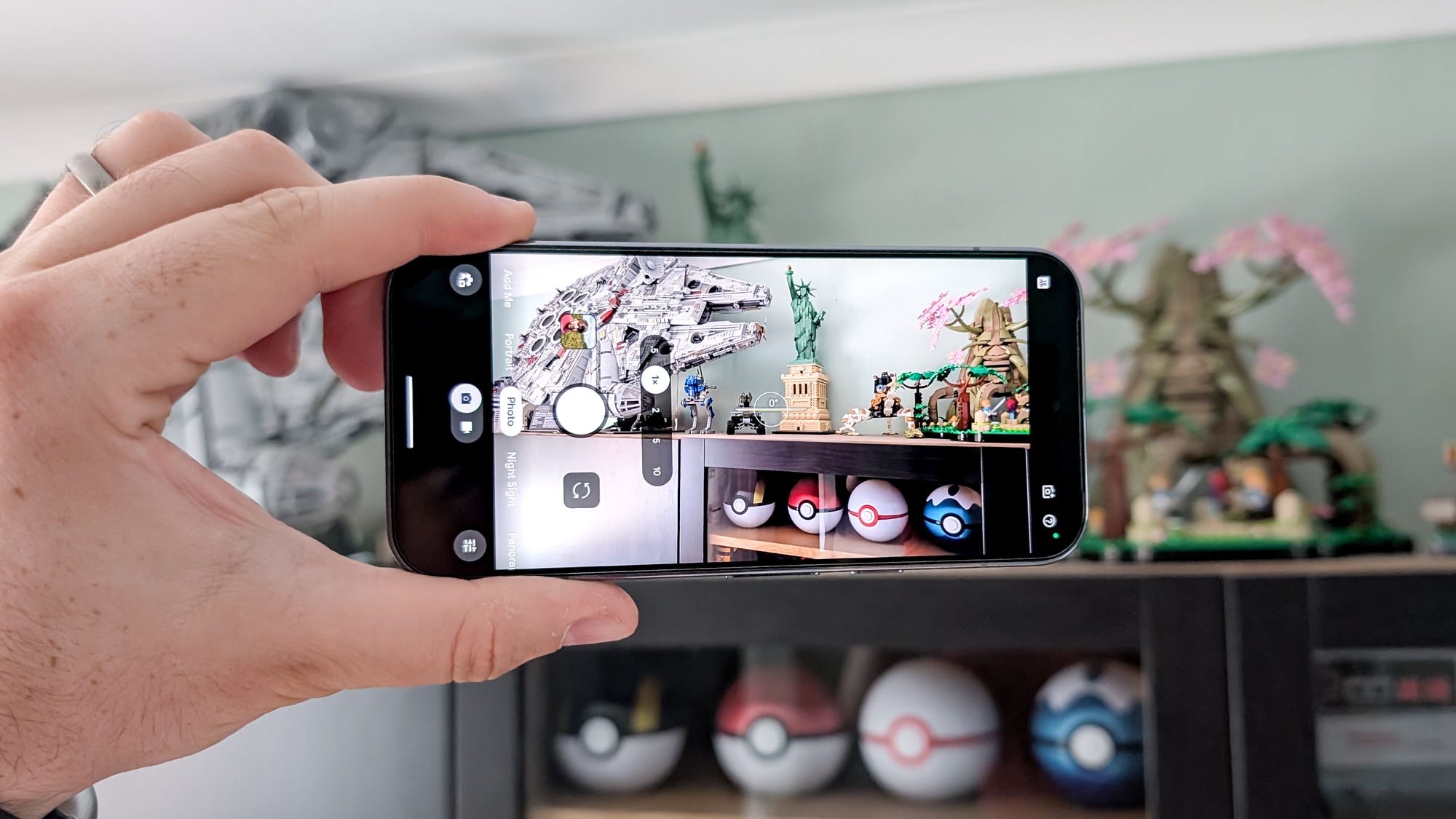
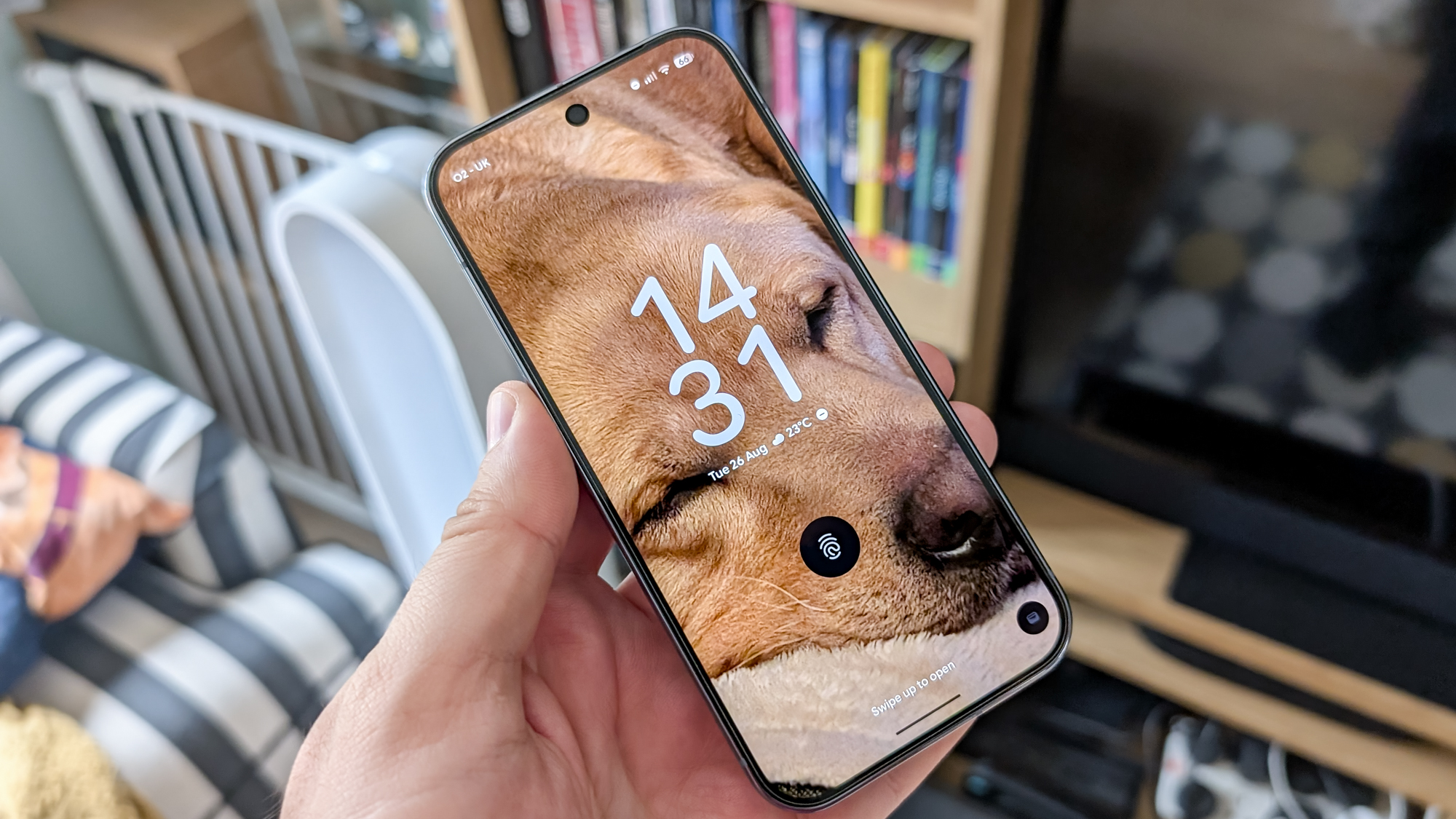
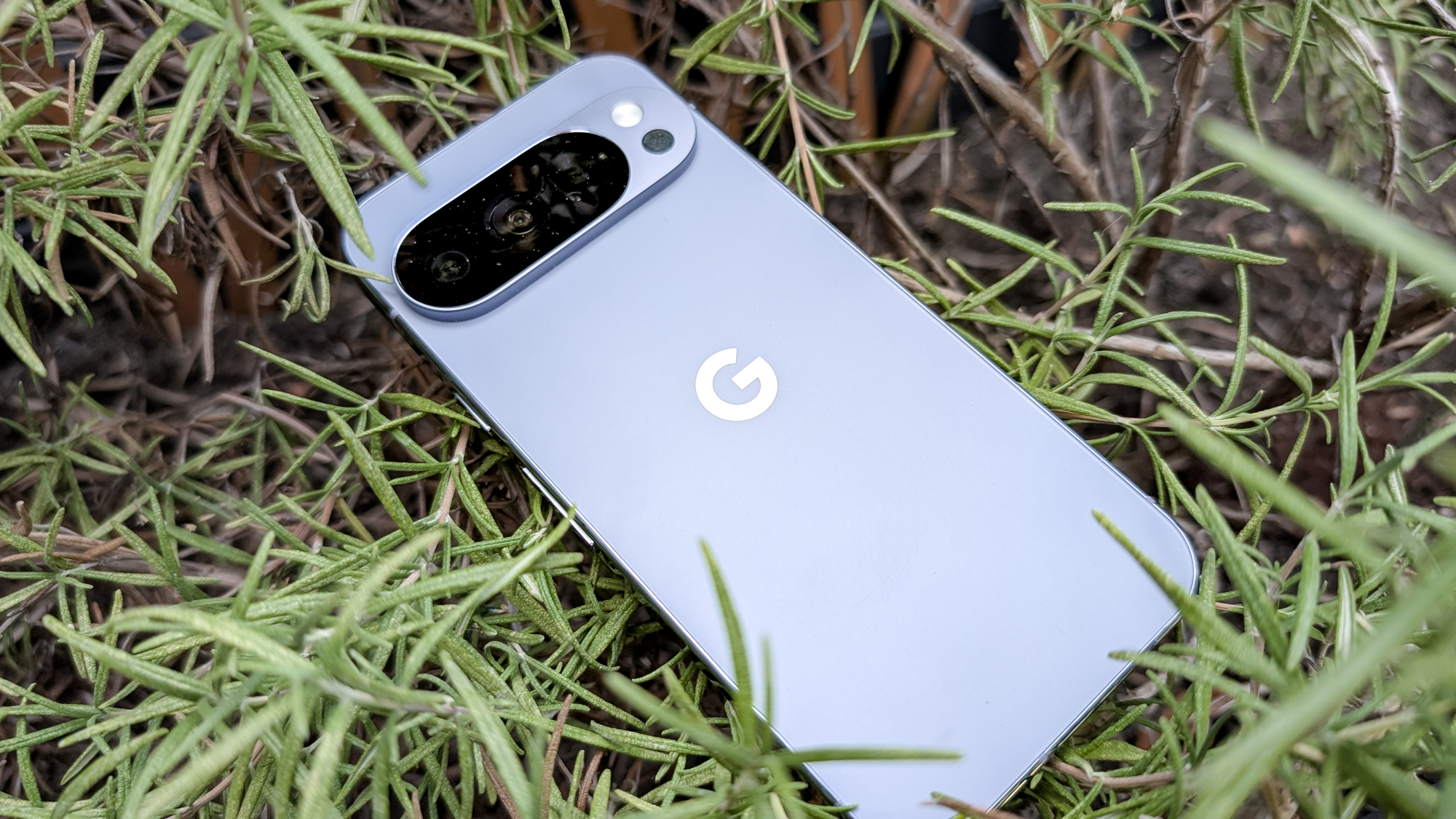
Specifications
Reasons to buy
Reasons to avoid
AI is the feature of the moment right now with smartphones, as both Apple and Samsung spent the past year adding AI-powered features to their phones. Google's an old hand at this, though, having switched to the AI-focused Tensor chipset with the Pixel 6.
Now, we're up to Tensor G5 on the Google Pixel 10 Pro, and having used Apple Intelligence, Galaxy AI and Google's AI tools, I think Google has the most capable AI of them all. In fact, that's the conclusion we came to after our AI phone face-off, which pitted all 3 platforms against each other. So you don't have to just take our word for it.
Google says customers wanted a more compact version of the Pro to go with the big-screen model. If you prefer more screen real estate, consider the Pixel 10 Pro XL, which has the more-or-less the same features as the regular Pro, but a 6.7-inch display, faster charging and a bigger battery, instead. It's also harder to use with one hand in my experience.
Price and Value: The Pixel 10 Pro costs the same $999 that Google charged for the Pixel 9 Pro. The size of the Pro hasn't changed this time around, but then again not much of the external hardware has either — meaning these two phones share a familiar design. You also get a few improvements including a brighter display, Qi2 magnetic wireless charging, and a larger battery — plus all the new software and AI features that are exclusive to Tensor G5 and the new generation.
Bargain hunters may want to consider the Pixel 9a since it shares most (though not all) of the Pixel 9 flagships' AI features. You won't get a telephoto lens or any of the new AI functionality like Magic Cue, but you will save a few hundred bucks in the process.
Camera performance: Actual Pixel 10 Pro camera improvements are modest — with identical hardware to last year. In fact the photos themselves are essentially identical, which might put the 10 Pro at a disadvantage when the iPhone 17 Pro launches. But we do get extra things like Camera Coach and the 100X ProRes Zoom to make up for the disappointing lack of new hardware.
Really, the Pixel 10 Pro's camera performance lives on the strength of its photo processing, and that remains strong, the cameras producing well-composed shots that showed off fine details when I tested them.
Battery and charging: Battery life hasn't been a strong suit for a lot of Pixel phones, but the Pixel 10 Pro continues what the 9 Pro started. With a 4,870 mAh battery and a more efficient Tensor G5 chipset, the Pixel 9 Pro lasted an average of 13 hours and 43 minutes in our web surfing test — behind the comparably sized iPhone 16 and Galaxy S25 models, sure, but well, ahead of that 10-hour average for other smartphones. Other Pixels struggled to reach even that threshold so I like what I've seen from the Pixel 10 Pro's ability to get through the day on a charge.
Overall performance: The Tensor G5 that powers the Pixel 10 Pro can't keep pace with other top Android phones in benchmark testing, and it trails the iPhone 16, too. But that's not the focus of Tensor.
Instead, it powers a number of helpful AI features, including the Ask Photos feature that lets you edit your photos using prompts rather than using individual editing tools. It doesn't matter whether you do that with text or speech, the AI will still be able to handle all the editing for you. We also have upgrades to Best Take, which works automatically, and Add Me, which offers support for larger groups and pets.
There's also a new 100x ProRes Zoom feature, that mixes optical and digital zoom with generative AI to take surprisingly clear shots of stuff in the far distance. Not to mention the Magic Cue assistant, which helps surface important information in Google apps when it thinks you need it most — like tracking information, travel plans and more. it does need a little bit of polishing, though.
Verdict: If you're willing to bet that the Pixel 9 Pro's AI features will improve over time, the camera performance, longer battery life and bright display should be enough to give you a great device right now.
Read the full review: Google Pixel 10 Pro
Attributes | Notes | Rating |
|---|---|---|
Price | On the bright side, the Pixel 10 Pro costs the same $999 as the Pixel 9 Pro. But the number of upgrades are minimal | ★★★☆☆ |
Cameras | You'll find few hardware changes compared to Pixel 9 Pro, but the Pixel 10 Pro still takes great shots. And the AI features are second to none. | ★★★★☆ |
Power | The Tensor G5 enables a bunch of new AI-powered features that make the Pixel 10 Pro standout. But it badly lags behind Samsung and Apple phones in terms of speed. | ★★★☆☆ |
Battery life | The Pixel 10 Pro doesn't outpace the Pixel 9 Pro by much, but considering Google's long-time issues with weak battery life any increase in longevity is a good thing. | ★★★☆☆ |
More on the Google Pixel 10 Pro
- I checked out the Pixel 10, Pixel 10 Pro, and Pixel 10 Pro XL — here’s the one I recommend
- Google Pixel 10 Pro vs Pixel 9 Pro: These are the biggest upgrades
Best iPhone value
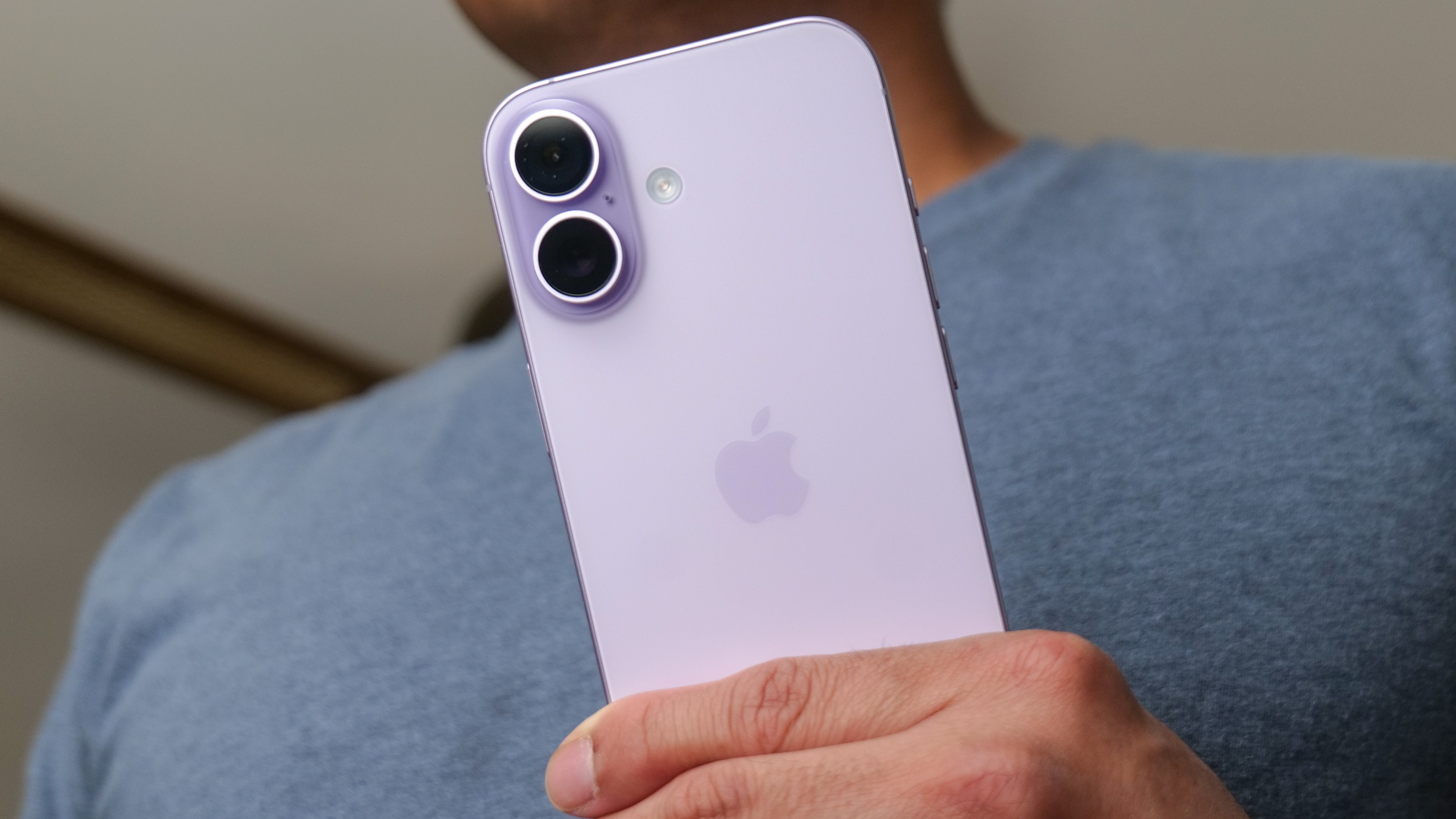

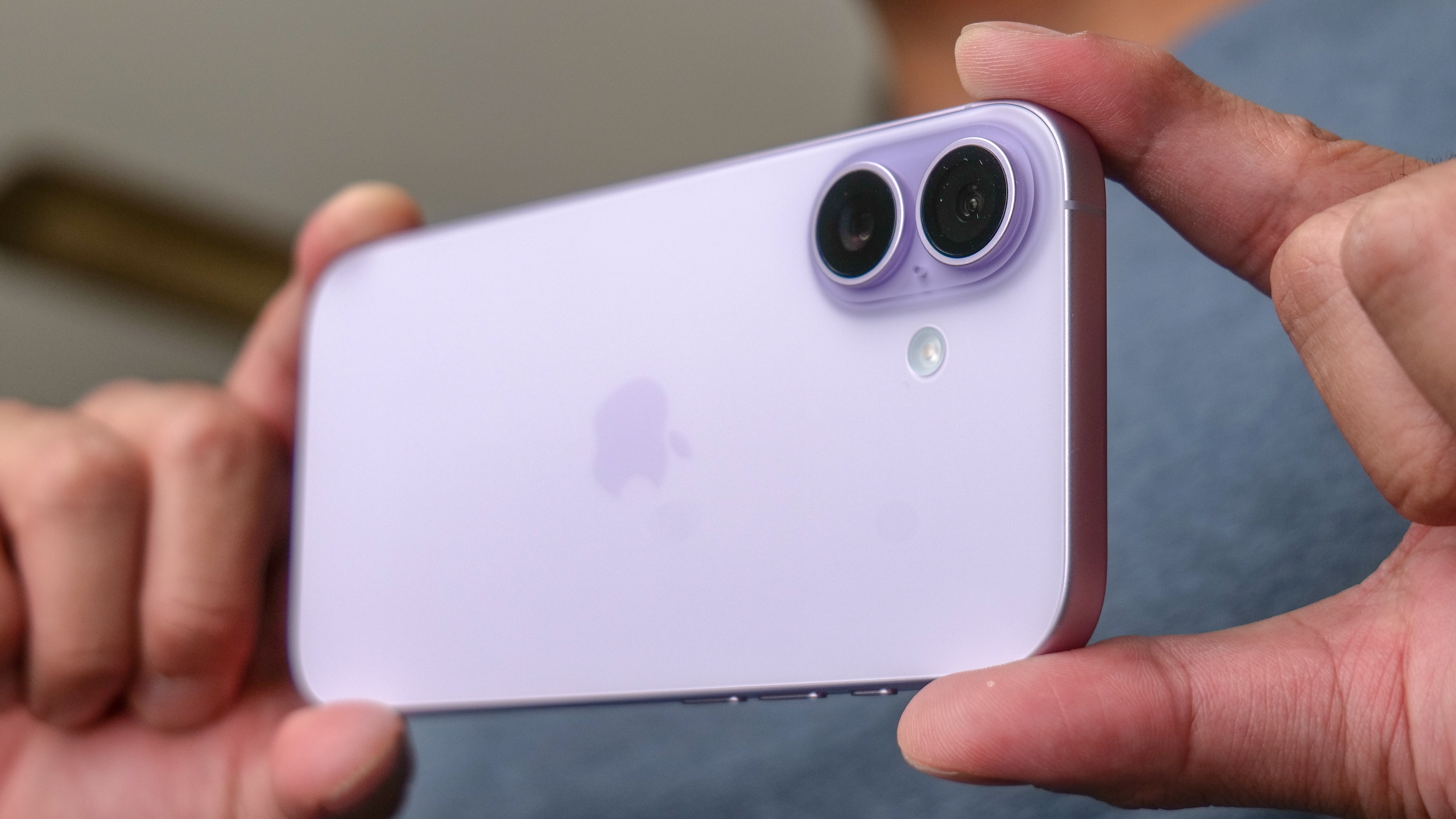
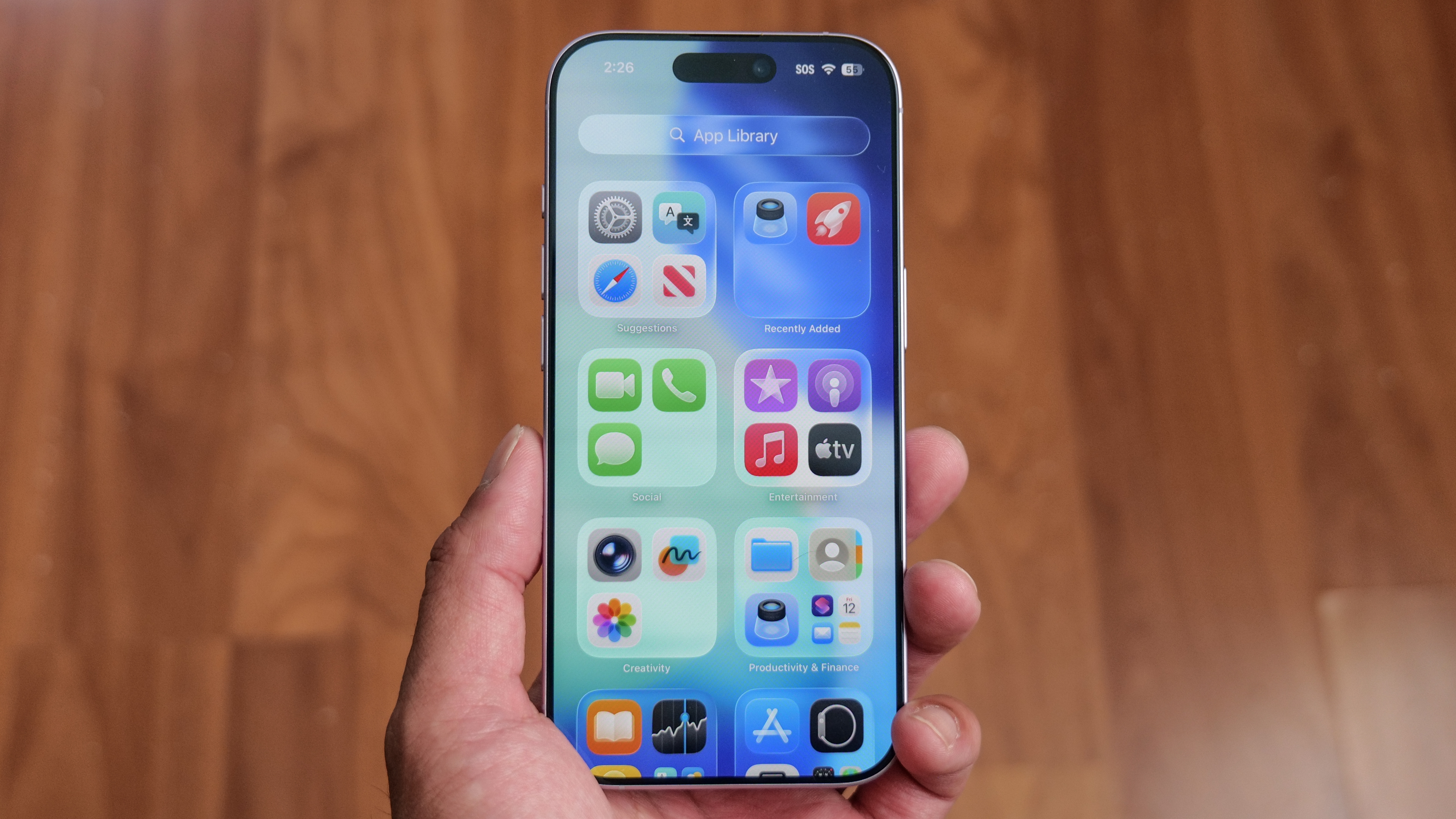
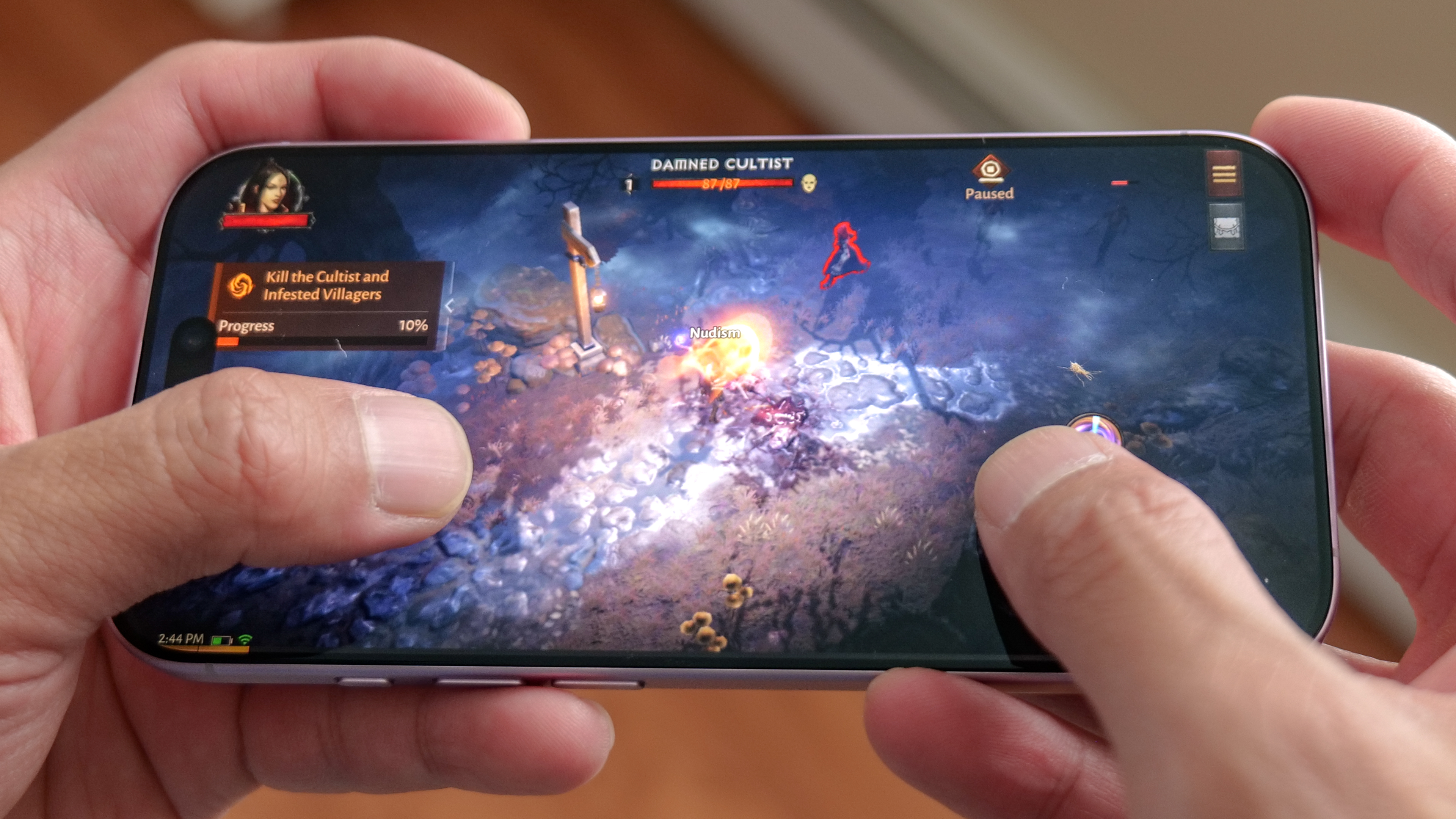
Specifications
Reasons to buy
Reasons to avoid
The iPhone 16e may be cheaper, but it doesn't deliver as many features as the iPhone 17. This entry-level Apple flagship also offers incredible value against the pricier iPhone 17 Pro and 17 Pro Max, thanks to all the things it has in common with those pricier models.
In fact, my colleague John Velasco argues that the iPhone 17 has more 'Pro' features than ever before. Certainly, no one would claim the iPhone 16 is an afterthought, given all the new additions.
Price and value: The $799 starting price of the iPhone 17 remains a lot to pay for most people. But it's cheaper than the $999 iPhone Air, not to mention those iPhone 17 Pro models, which start at $1,099 and only climb upward from there. Whether it's the Galaxy S25 or Pixel 10, you're going to pay $799 for an entry-level smartphone, so at least Apple's not charging you more.
The iPhone 16e costs $200 less and also supports Apple Intelligence features. But that phone comes with a single rear camera and lacks features like MagSafe support and the Dynamic Island. I think that's an awful lot to give up unless price is absolutely paramount among your concerns.
Camera performance: The 48MP main camera unlocks a lot of photography potential in the iPhone 17, but its ultrawide camera has a wider f/2.2 aperture that allows it to gather in more light than previous iPhones.
The iPhone 17 continues to offer lossless 2x zoom without the need of a telephoto camera too, which helps bridge the gap between itself and the Pro models. While the zoom 2x zoom shots are usable, its 10x zoom shots are starting to look dated compared to the Pixel 10 and its dedicated 10.8MP telephoto with 5x optical zoom.
Battery and charging: Apple's larger iPhones have more room for bigger batteries but the iPhone 17 also gets a larger one due to the extra room that's normally occupied by a SIM slot. In fact, it lasts more than 12 hours on a single charge — that's well ahead of the average smartphone, but not the Galaxy S25.
Thankfully Apple's upgraded its wired charging speed to 35W, which adds a fair back to the battery using Apple's new 45W charger.
Overall performance: The A19 chipset within the iPhone 17 is potent, proving just as capable as the A19 Pro. (Apple's Pro chipset has a little more muscle when it comes to graphics, thanks to an extra core in its GPU.) Even more impressive is how it puts up better scores in GeekBench than most Android phones running the latest Snapdragon 8 Elite chip.
This boosted chipset allows the iPhone 17 to support AI-powered Apple Intelligence features just like Apple's Pro models, though as we've noted there hasn't been a whole lot new with the iOS 26 release.
Verdict: The iPhone 17 is a better value than the iPhone 16 that came before it, thanks in part to its much smoother 120Hz refresh rate, 256GB starting storage, stronger A19 performance, and how it now carries similar features found on the 17 Pro models.
Read the full review: iPhone 17
Attributes | Notes | Rating |
|---|---|---|
Price | Sporting the same $799 as before, the iPhone 17 is a better value than ever mainly because of how it has more in common with the Pro models than ever before. | ★★★★☆ |
Cameras | The 48MP main camera does a lot, but it still can't beat a Pro iPhone due to the lack of a dedicated telephoto lens. | ★★★☆☆ |
Power | Apple uses a variant of its latest chipset, but the A19 manages to deliver outstanding results that narrows the gap against the A19 Pro. | ★★★☆☆ |
Battery life | As a compact phone, the iPhone 17 offers all-day battery. | ★★★★☆ |
More on the iPhone 17
- I went hands-on with all the new iPhone 17 devices — and this is the one I'd actually buy
- iPhone 17 vs. iPhone 16: Biggest differences explained
Best Android flagship value
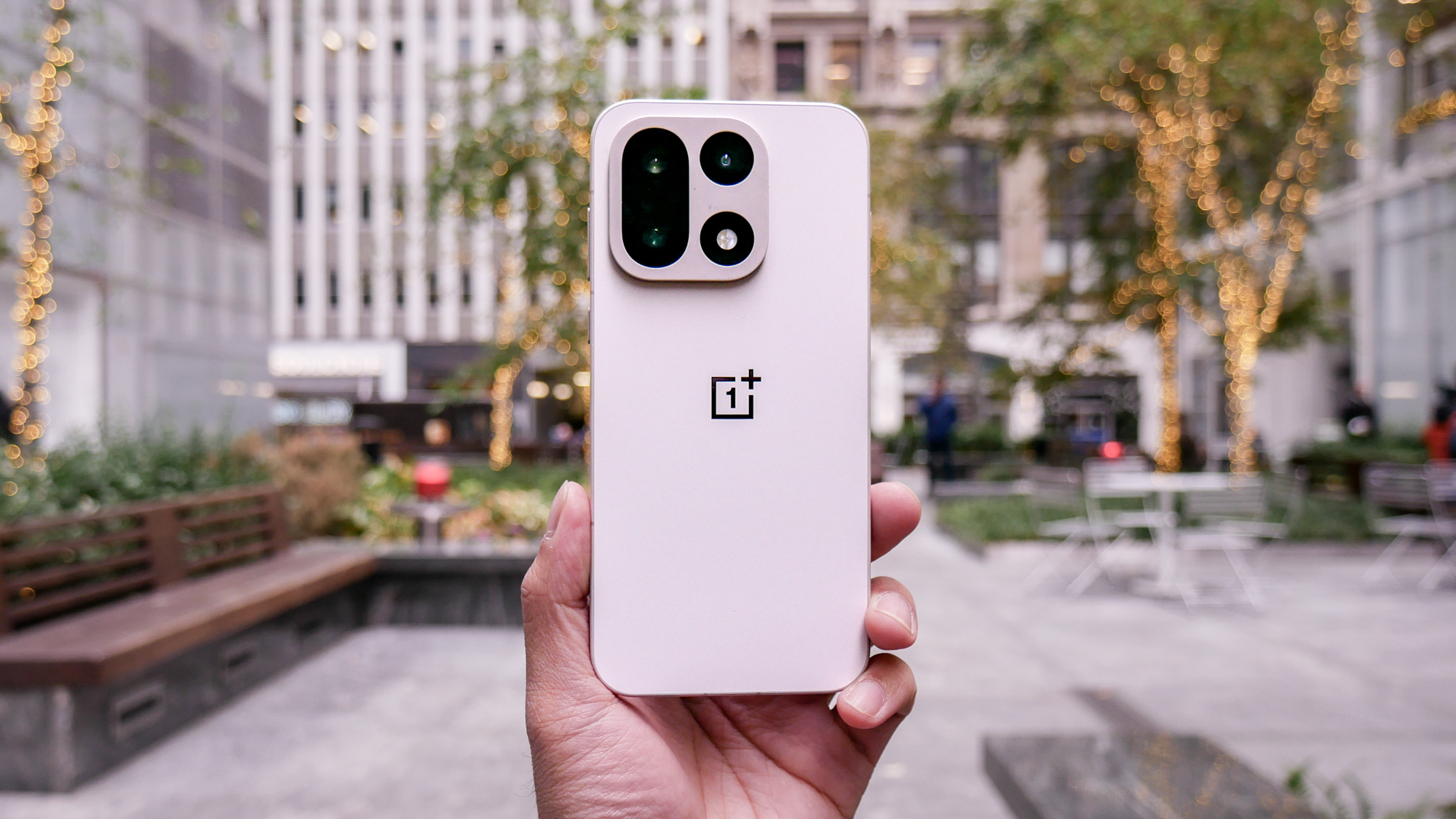
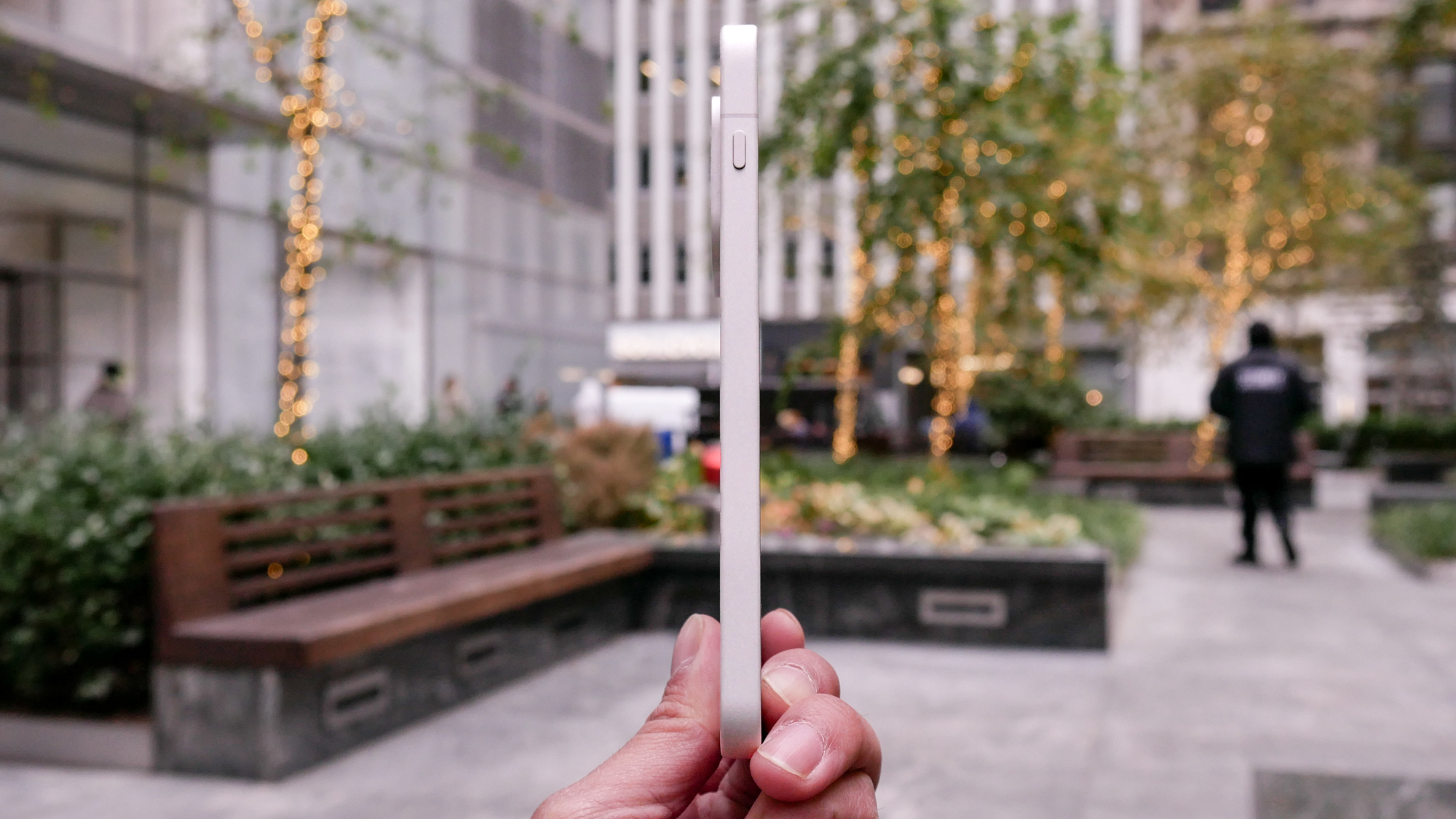

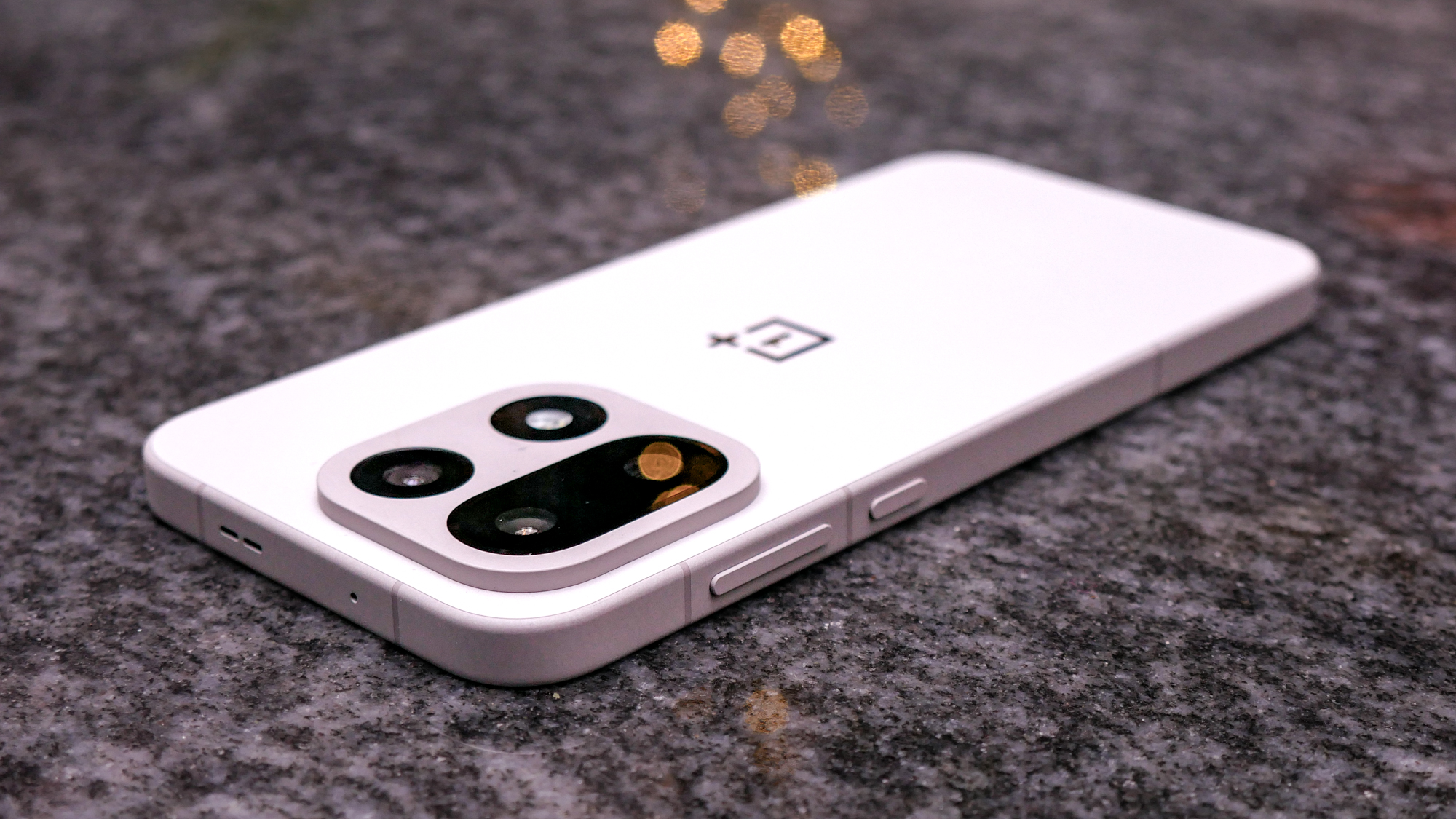
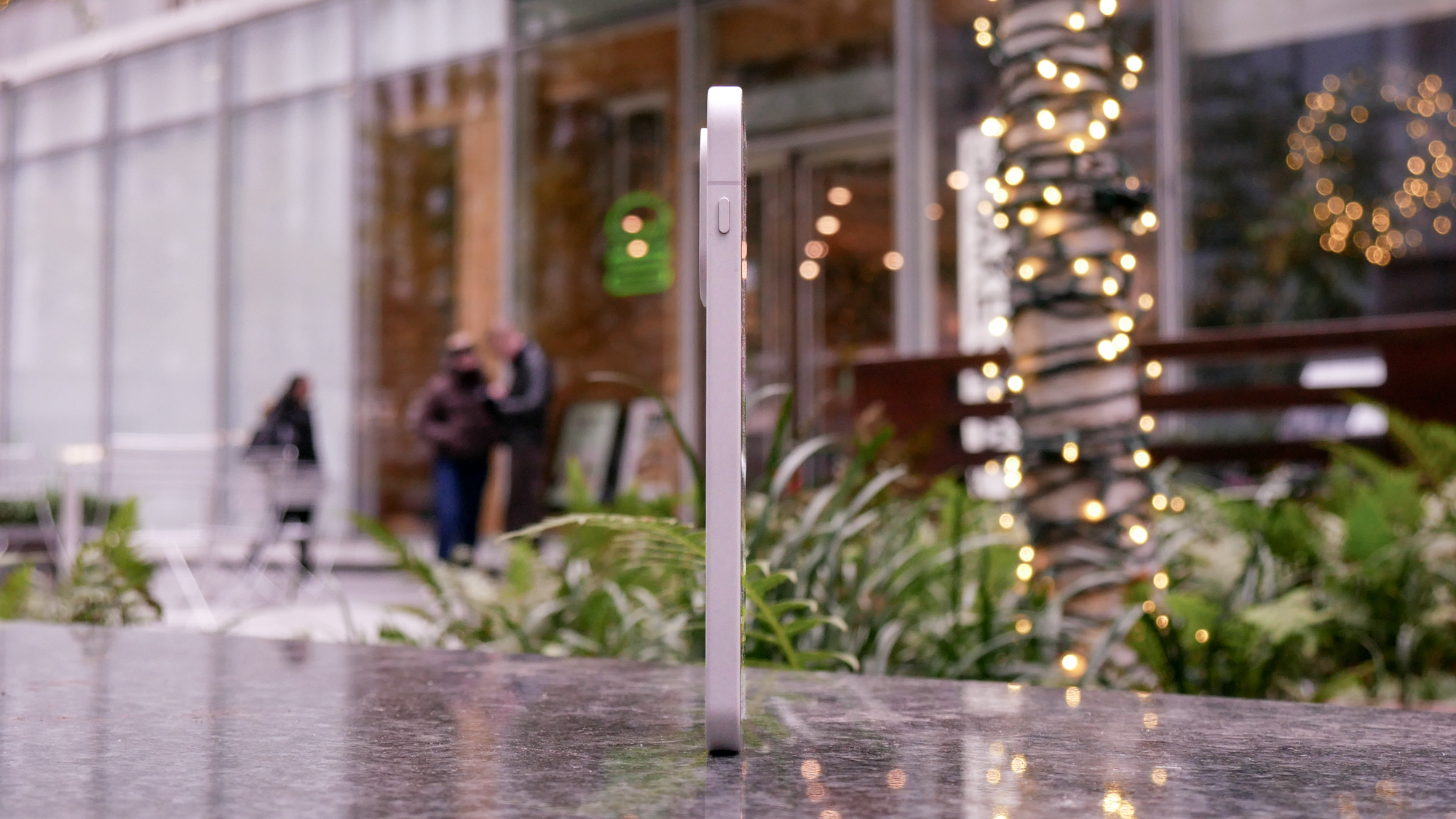
Specifications
Reasons to buy
Reasons to avoid
The OnePlus 15 makes a serious statement, proving that flagship phones are capable of offering long battery life. Now that it's switched over to a silicon-carbon battery, it sets a new record in our best phone battery life list by giving a real world performance of over two full days. If that's not enough to convince you how it's more of an evolutionary upgrade, it still offers the best bang-for-the-buck value.
My colleague John Velasco says that despite being one of the last flagship releases this year, it's the one that's most improved in his review. The OnePlus 15 differentiates itself because of how its 7,300 mAh battery cell uses advanced Silicon Nanostack technology to add more energy without causing the phone to be any larger in size. And as a result, the dense battery allows it to reach new heights with battery life performance.
Price and value: Let's talk about that price hike. The OnePlus 15 starts at $899, which is the same price as the previous OnePlus 13. However, that price is always subject to change according to OnePlus due to current market conditions.
If you compare that to the starting price of entry-level flagships that cost around $799, it still has incredible value given its larger display and battery capacity. Compare it to similarly sized phones like the Galaxy S25 Ultra and iPhone 17 Pro Max, and the OnePlus 15 still costs substantially less while delivering equivalent features.
Camera performance: The company's partnership with Hasselblad ends with the OnePlus 15, but that's not something to worry about because its triple 50MP camera system gets help from new sensors, better image processing, and help from AI.
The main camera works well under ideal conditions, while the ultrawide it tapped for all macro photography, which produces crisp closeups that capture a ton of detail. Over on the telephoto side, its 50MP telephoto shooter with 3.5x optical zoom seems short compared to its rivals, but OnePlus applies its DetailMax Engine to enhance its zoom shots with help from AI. However, its low light and selfie camera performance continues to underperform.
Battery and charging: If there's one thing that the OnePlus 15 proves, it's that two days of battery life is achievable. That's because it's able to cram a dense 7,300 mAh carbon silicone dual cell battery, and paired with the power management features found in the Snapdragon 8 Elite Gen 5 chipset, sets a record in our phone battery test. The new OnePlus flagship lasted 25 hours and 13 minutes, which is nearly 15 hours better than the average smartphone.
What's even better is the real world battery performance my colleague got in his testing, which carried him over two days. Every single flagship phone needs a nightly charge, but not the OnePlus 15. If that's not enough, you also get 80W charging speeds in the U.S. (It's 100W elsewhere).
Overall performance: The top-of-the-line Snapdragon 8 Elite Gen 5 chipset inside the OnePlus 15 means it's above the pack because few phones are running Qualcomm's latest flagship chips. It's no wonder that it produces class leading results in various benchmark tests, including GPU performance where it reaches the fastest frame rate average we've seen with 3DMark's Wild Life Unlimited test.
There's also the dedicated 165Hz refresh mode that kicks on for certain games, like PUBG Mobile and Call of Duty Mobile, which increases the tough response to give gamers even tighter controls with smoother looking graphics and animation. Finally, new OnePlus AI features seals its value with helpful tools like AI Writer, AI Perfect Shot, and Mind Space new to the roster.
Verdict: It's time to start thinking about OnePlus in the same way you'd consider Samsung or Google when mulling over which Android phone to get. The OnePlus 15 belongs in the same conversation as any leading Android device, thanks to its strong performance, class leading battery life and surprisingly strong cameras. Software support gets better, too, thanks to the new AI features that come with OxygenOS 16.
Read the full review: OnePlus 16
Attributes | Notes | Rating |
|---|---|---|
Price | Considering all the upgrades, its recording setting batter life performance, and new AI features, it's still pretty astounding OnePlus is keeping the cost unchanged at $899. | ★★★★★ |
Cameras | Despite no longer having a Hasselblad partnership, the OnePlus 15 cameras still manage deliver improvements courtesy of the new sensors and its updated DetailMax Engine that enhances photos for more detail and clarity. | ★★★★☆ |
Power | The best Qualcomm chip you can buy powers the OnePlus 15, and the benchmarks results we tallied show why that's important. The OnePlus 15 thrives at playing graphically intense games, and it can speedily handle any tasks you throw at it. | ★★★★☆ |
Battery life | No other phone tops its battery life, which reaches a new level thanks to the new battery tech it's offering. Even more impressive is that it's the only flagship to offer 2+ days of real world use. | ★★★★★ |
More on the OnePlus 15
- Best phone battery life: Where the OnePlus 15 ranks
- OnePlus 15 vs. Galaxy S25: Which flagship Android phone will be better?
- Best OnePlus phones
Best zoom camera for less
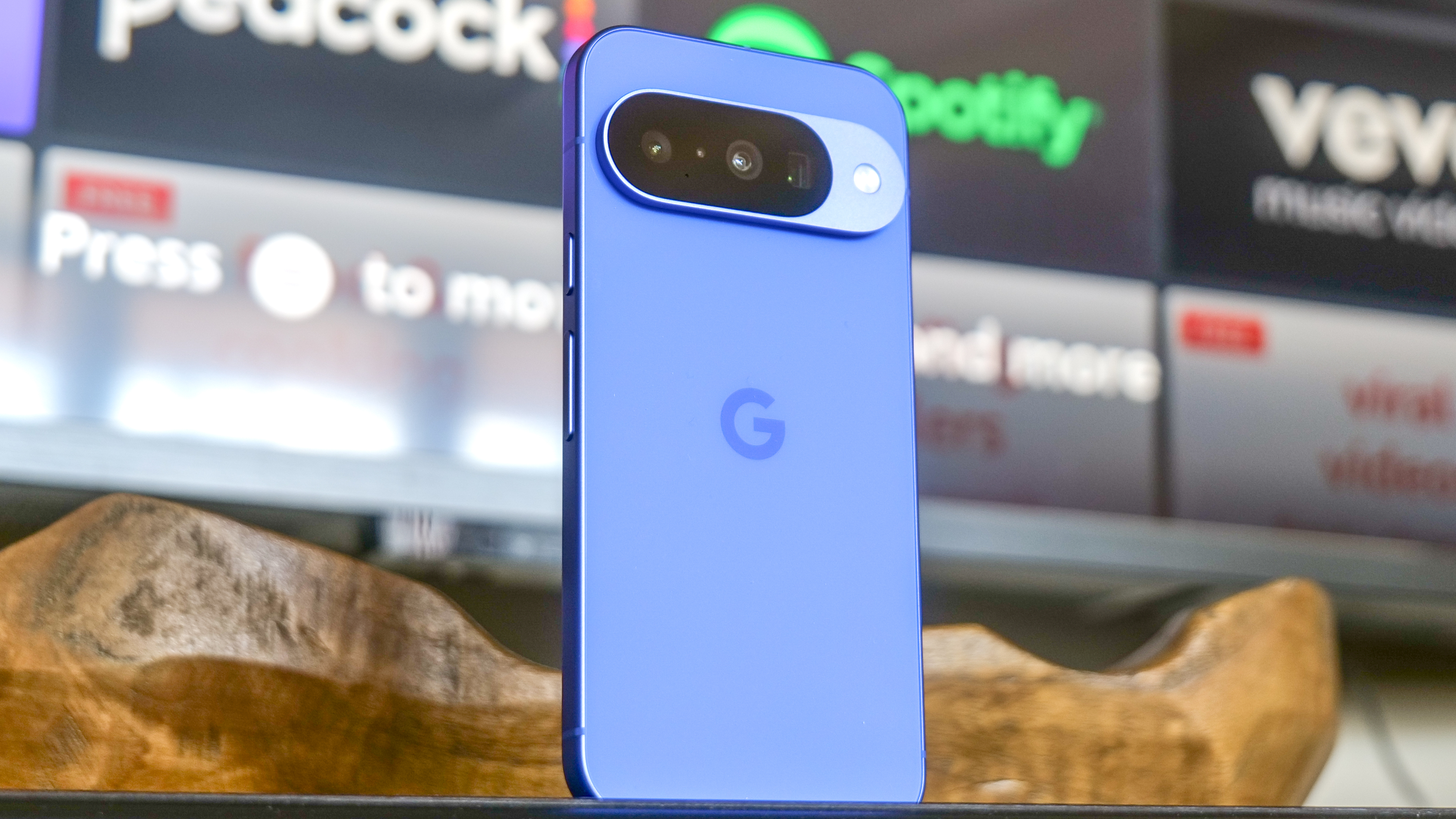
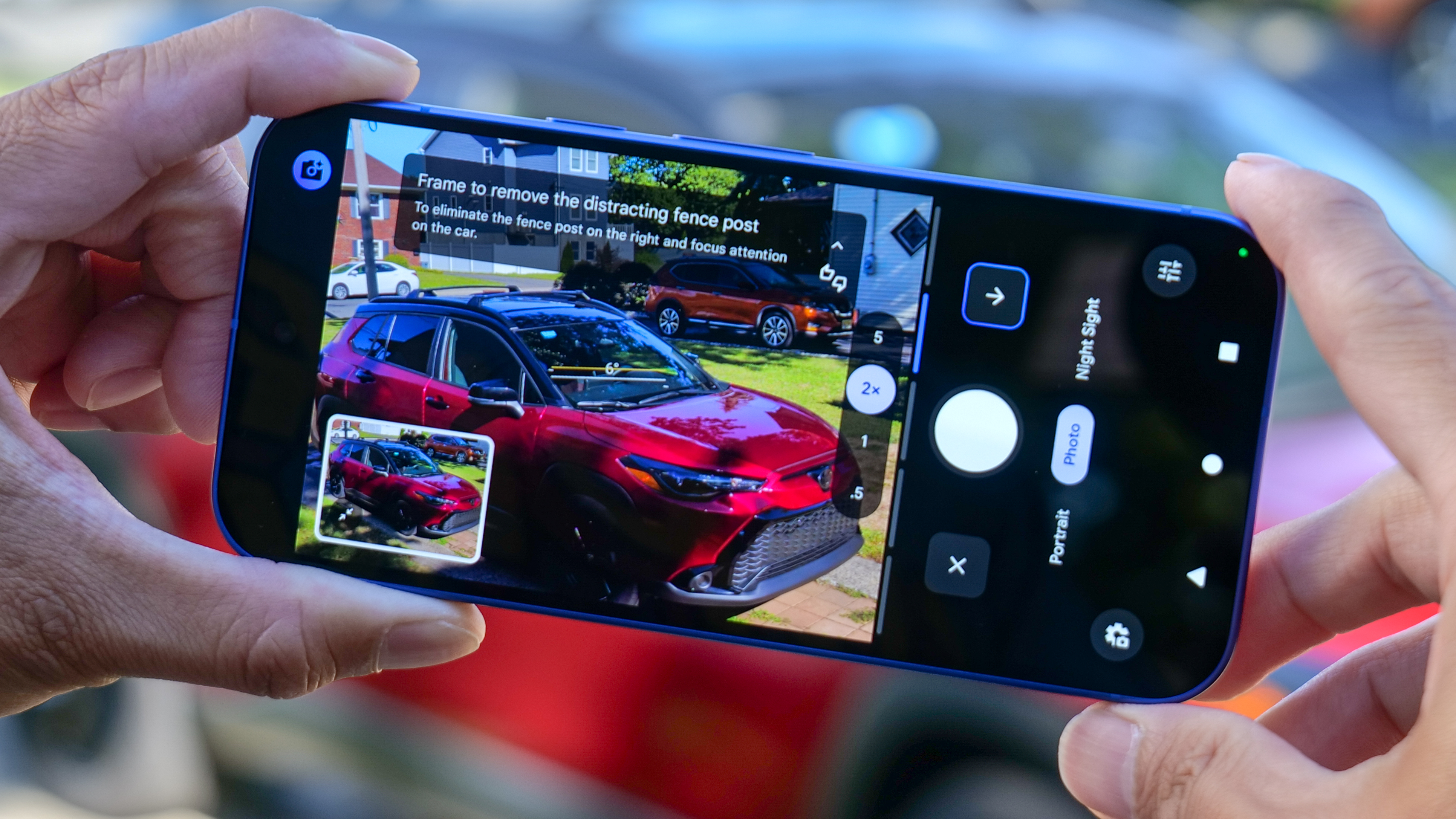
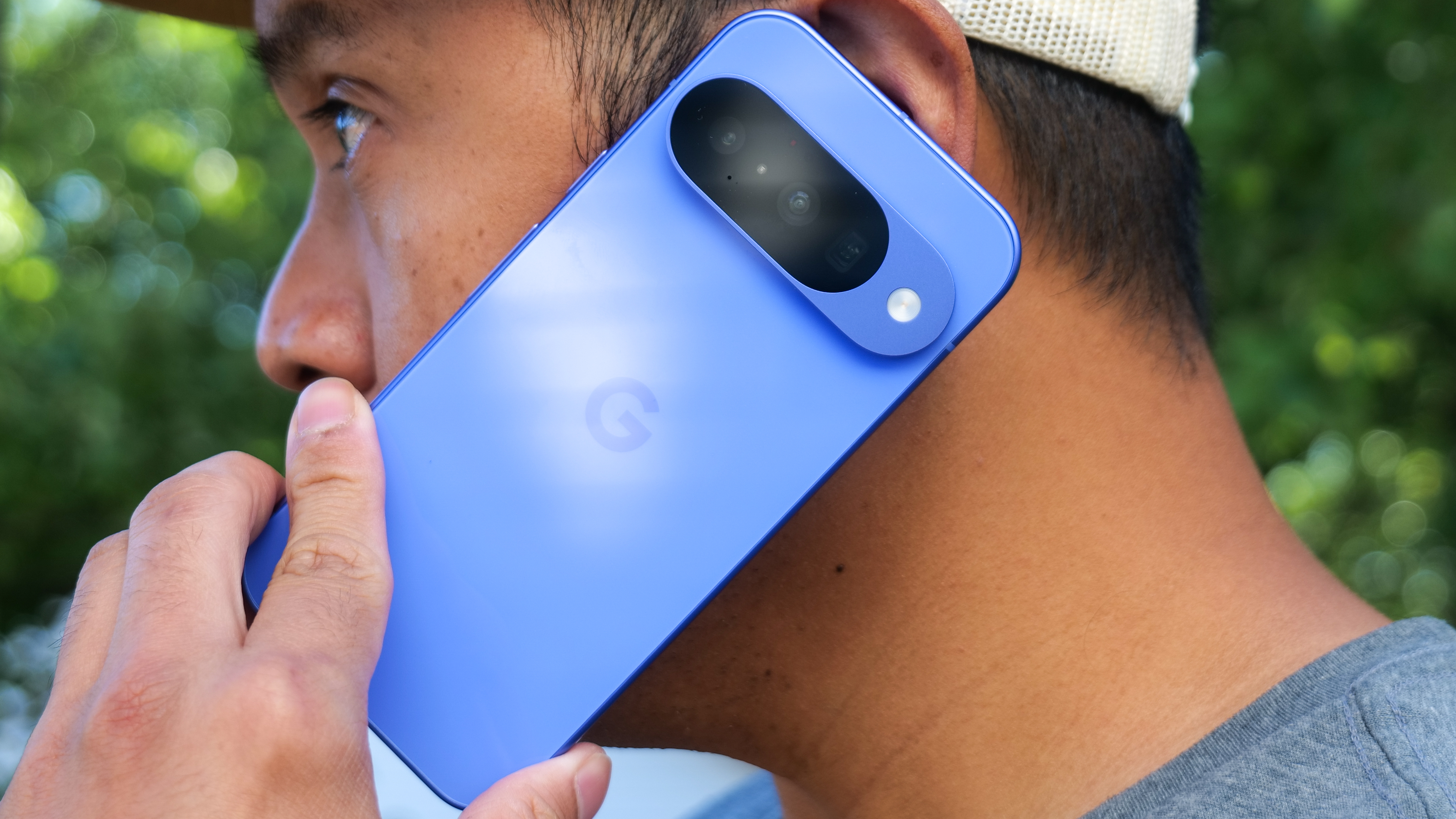

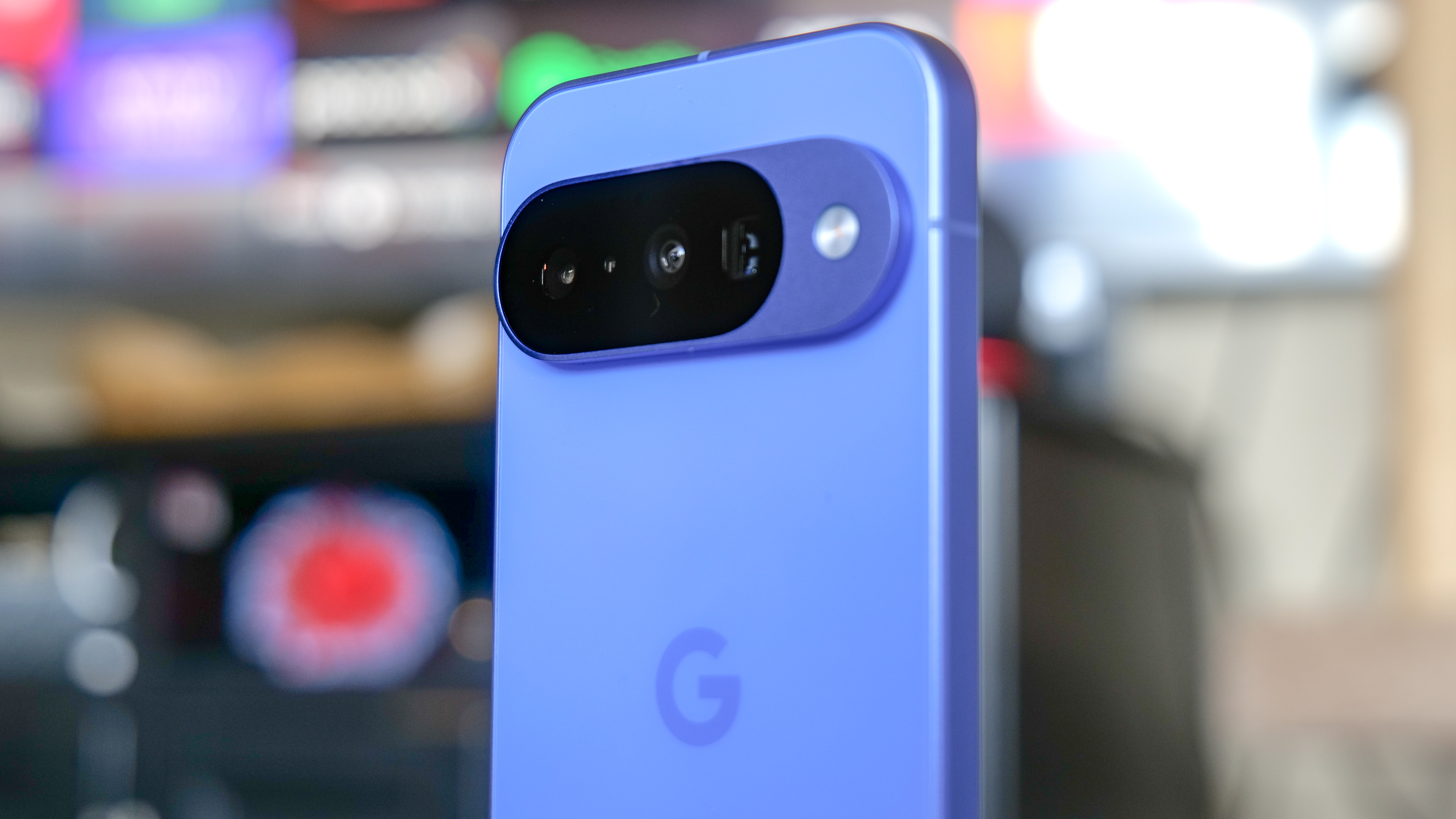
7. Pixel 10
Specifications
Google really sets the bar for all $799-priced flagship models, as the Pixel 10 gains several new tricks that make it more Pro-like than ever before. From its charming color options, to dedicated telephoto camera, and even extra Google AI features, the Pixel 10 is superb device worthy of our list
My colleague John Velasco tested it out and really emphasizes how much of a difference a dedicated telephoto camera makes, which is made more poignant given that it's much cheaper than its Pro siblings. With a triple camera system now in place, the Pixel 10 offers much more utility for less.
Price and value: The $799 starting price of the Pixel 10 is comforting because it's the same price as last year's model, while adding that new telephoto camera, Pixelsnap support, more AI features, and a much brighter display.
What's even more impressive is the latest set of AI tools and features it brings. It gets the same smarts as the more expensive Pro models, including helpful features like Magic Cue, Voice Translation, Ask Photos, and much more.
Camera performance: While the 48MP main camera and 13MP ultrawide are brought over from the previous model, it's the new 10.8MP telephoto with 5x optical zoom that really rounds out its camera arsenal. With an optically backed lens, it lets you get closer to subjects — while capturing incredible detail. The difference is instantly noticeable compared to other phones like the iPhone 17, which leans on its main camera for all zooming.
Battery and charging: There's a modest improvement to the Pixel 10's battery life, reaching 13 hours and 13 minutes in our battery drain test. That's nearly 45 minutes longer than the prior model, and it's still more than enough juice for all-day battery life for most people.
Power users will certainly still need to top off at some point, so it's nice that Google gives it a faster 30W wired charging speed. This is in addition to Pixelsnap support, which lets the Pixel 10 work with many MagSafe and other magnetic accessories, like wallets and stands.
Overall performance: The Tensor G5 still has a lot to prove because benchmark scores put it behind many of its main rivals. However, the G5 is still faster and more power efficient than the previous Tensor G4 chip. Thankfully you won't notice any performance hiccups with most processes, as the Tensor G5 paired with its 120Hz refresh rate makes tasks look smooth and instant.
Verdict: The Pixel 10 is a compact sized phone that's perfect for content creators and photo enthusiasts now that it's adopted a dedicated telephoto camera into its arsenal. And with all of Google's AI features, it offers a robust software experience that turns complex tasks into short and easy ones — giving you more time to focus on other things. Best of all, it remains at the same $799 price as before.
Read the full review: Pixel 10
Attributes | Notes | Rating |
|---|---|---|
Price | There's a ton more value this year than before because of all the hardware and software upgrades it receives, while remaining at $799. | ★★★★★ |
Cameras | The Pixel 10 hands down set the benchmark for all camera phones in the $799 price range. The addition of a dedicated telephoto camera with 5x optical zoom gives it a big boost. | ★★★★★ |
Power | The Tensor G5 might still be underpowered against its rivals, but it doesn't change the fact that normal tasks are unhindered. | ★★★☆☆ |
Battery life | Google upgrades it to a 4,970 mAh battery, delivering longer results than before. | ★★★★☆ |
More on the Pixel 10
- Google Pixel 10 vs. Pixel 9: All the biggest upgrades
- I put the Pixel 10 vs iPhone 16 through a 10-round camera shoot-out — here's the one I'd get
- I checked out the Pixel 10, Pixel 10 Pro, and Pixel 10 Pro XL — here’s the one I recommend
Best alternative value phone
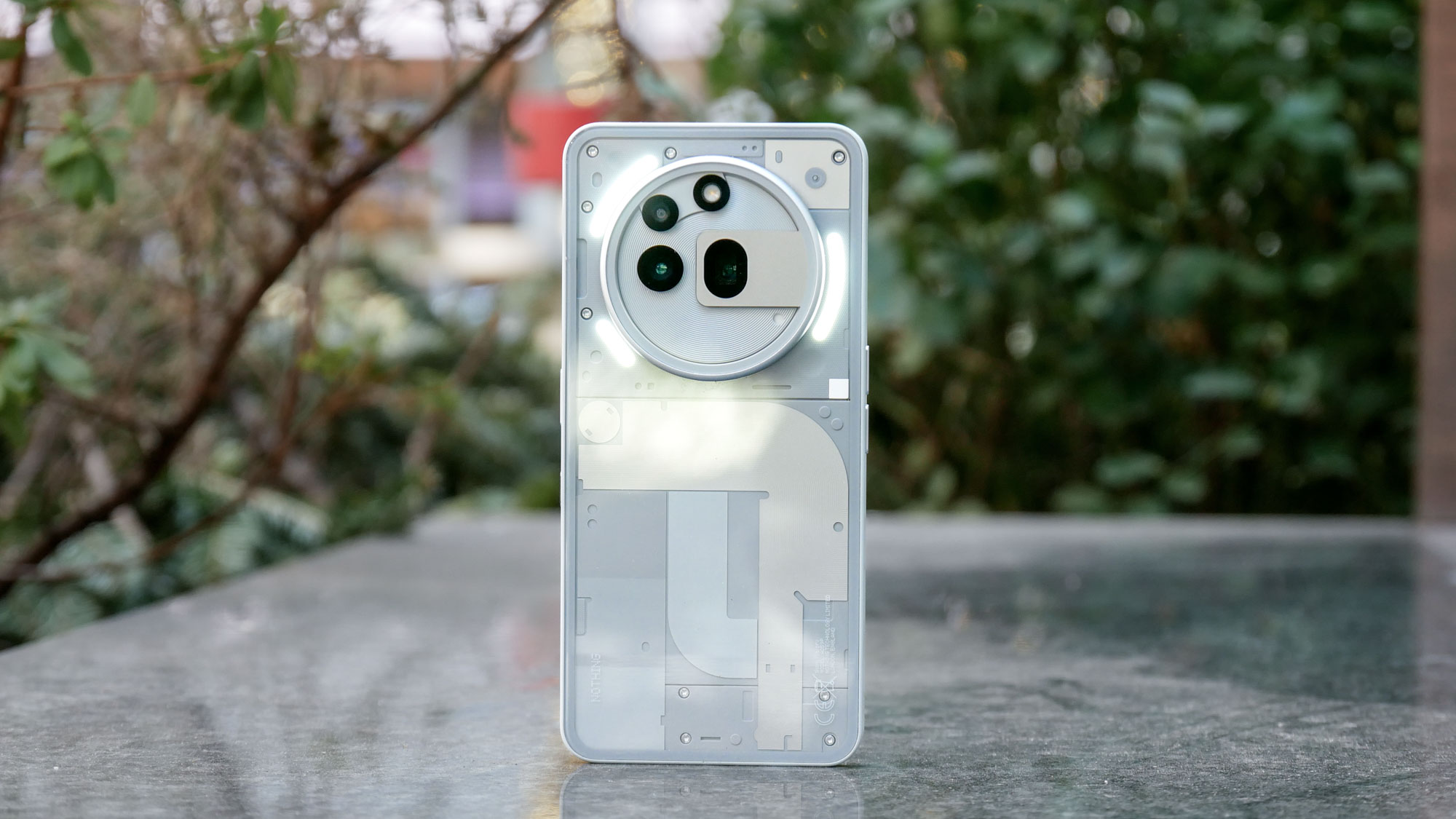
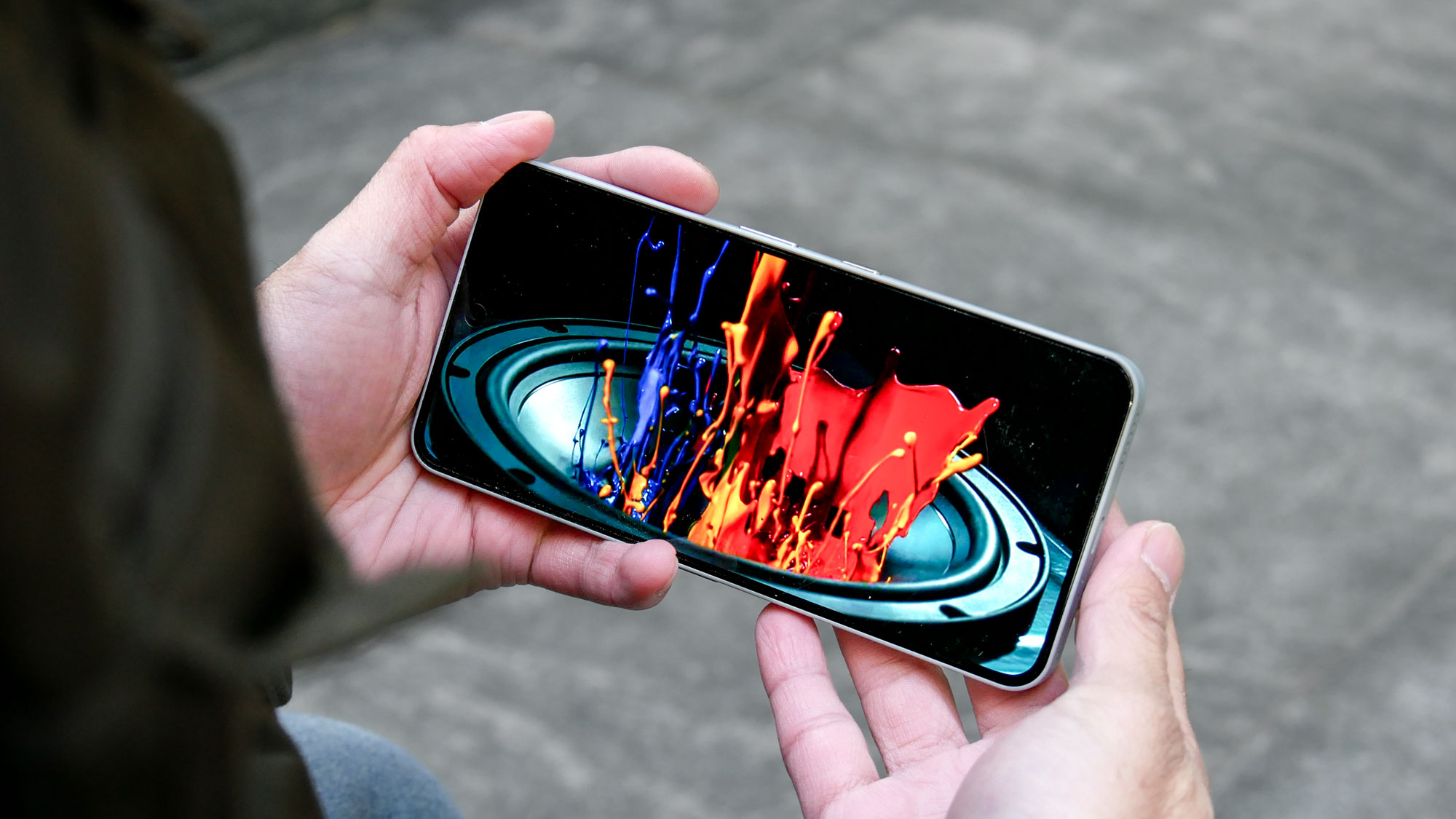
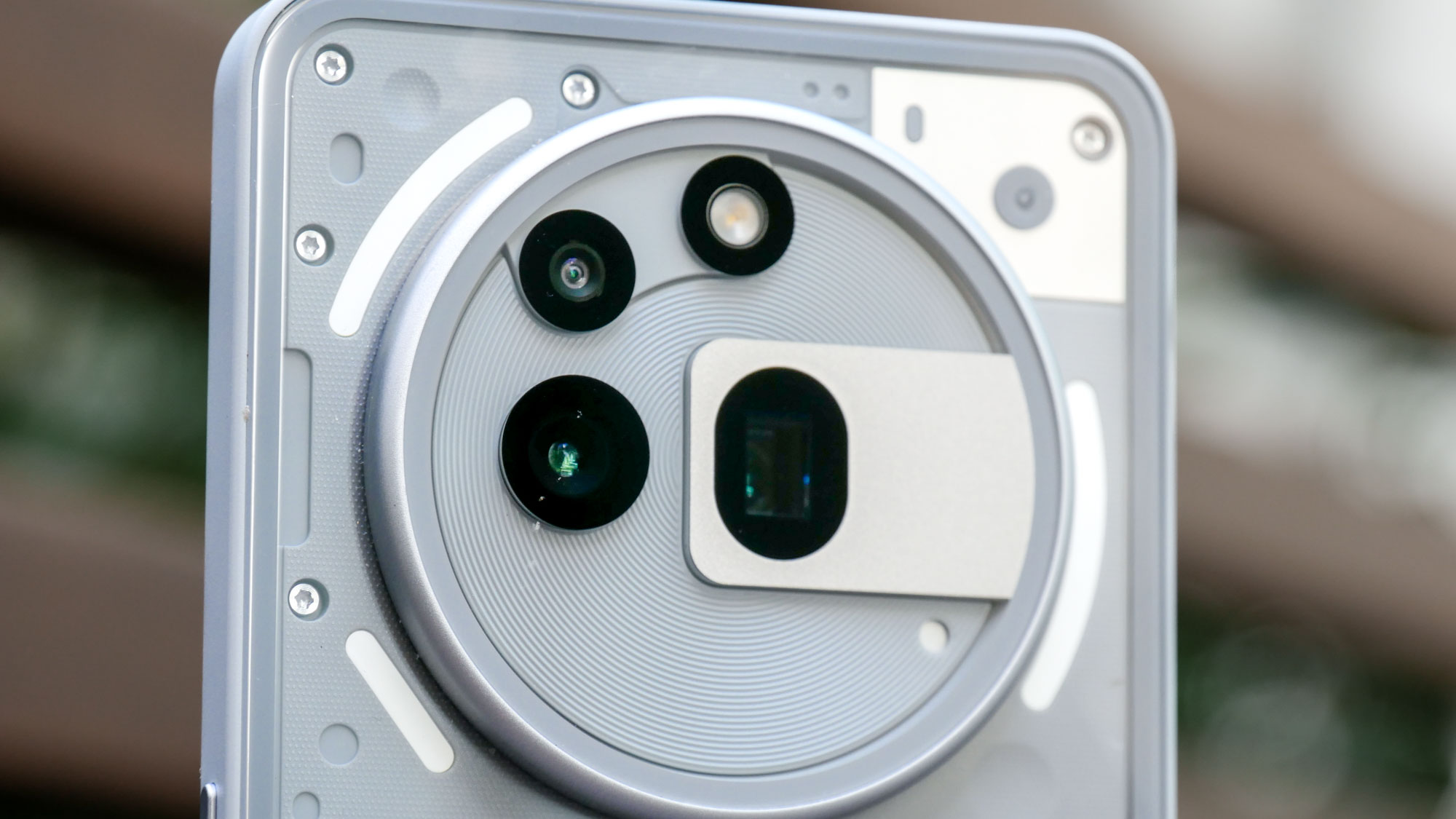
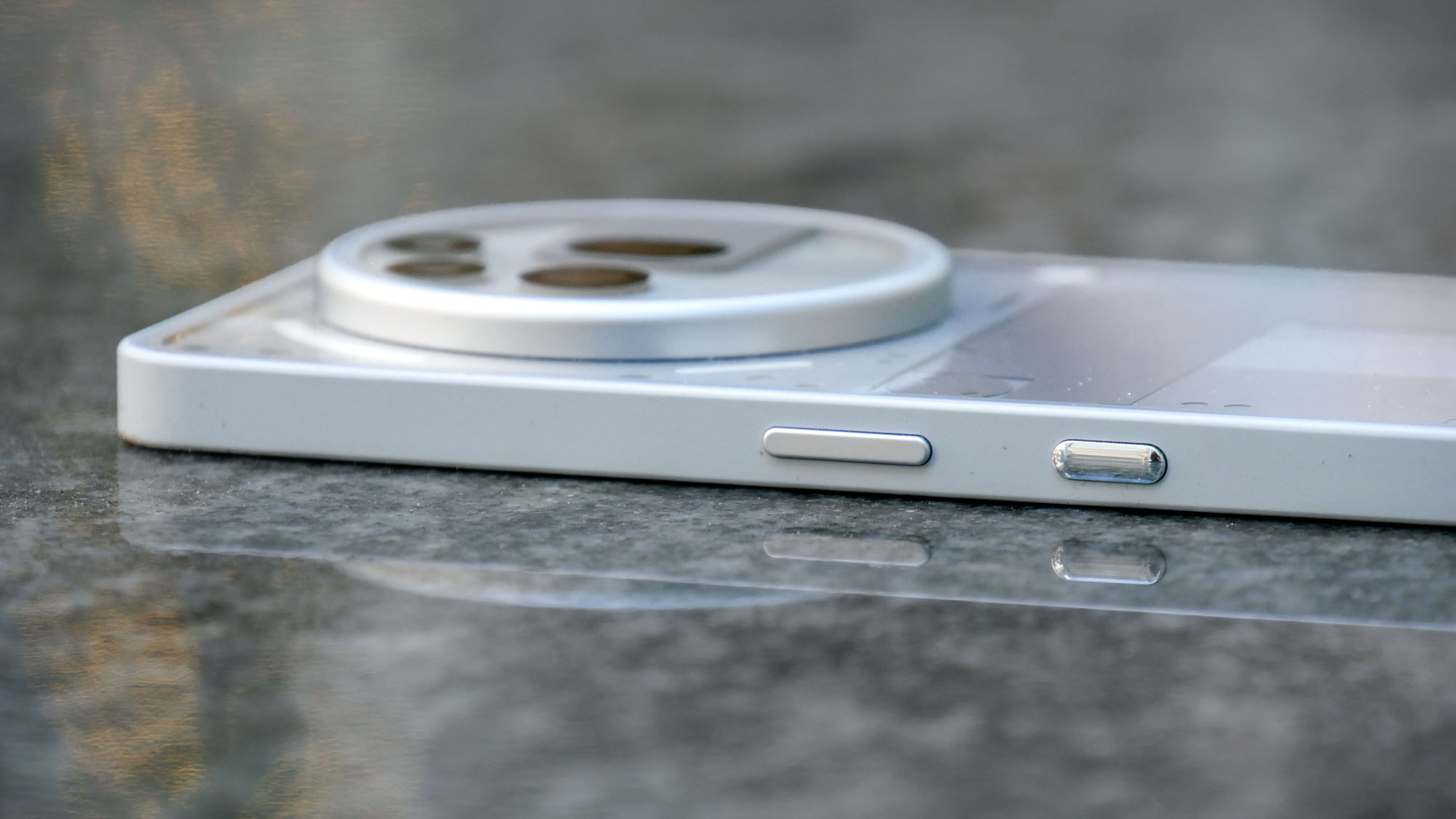
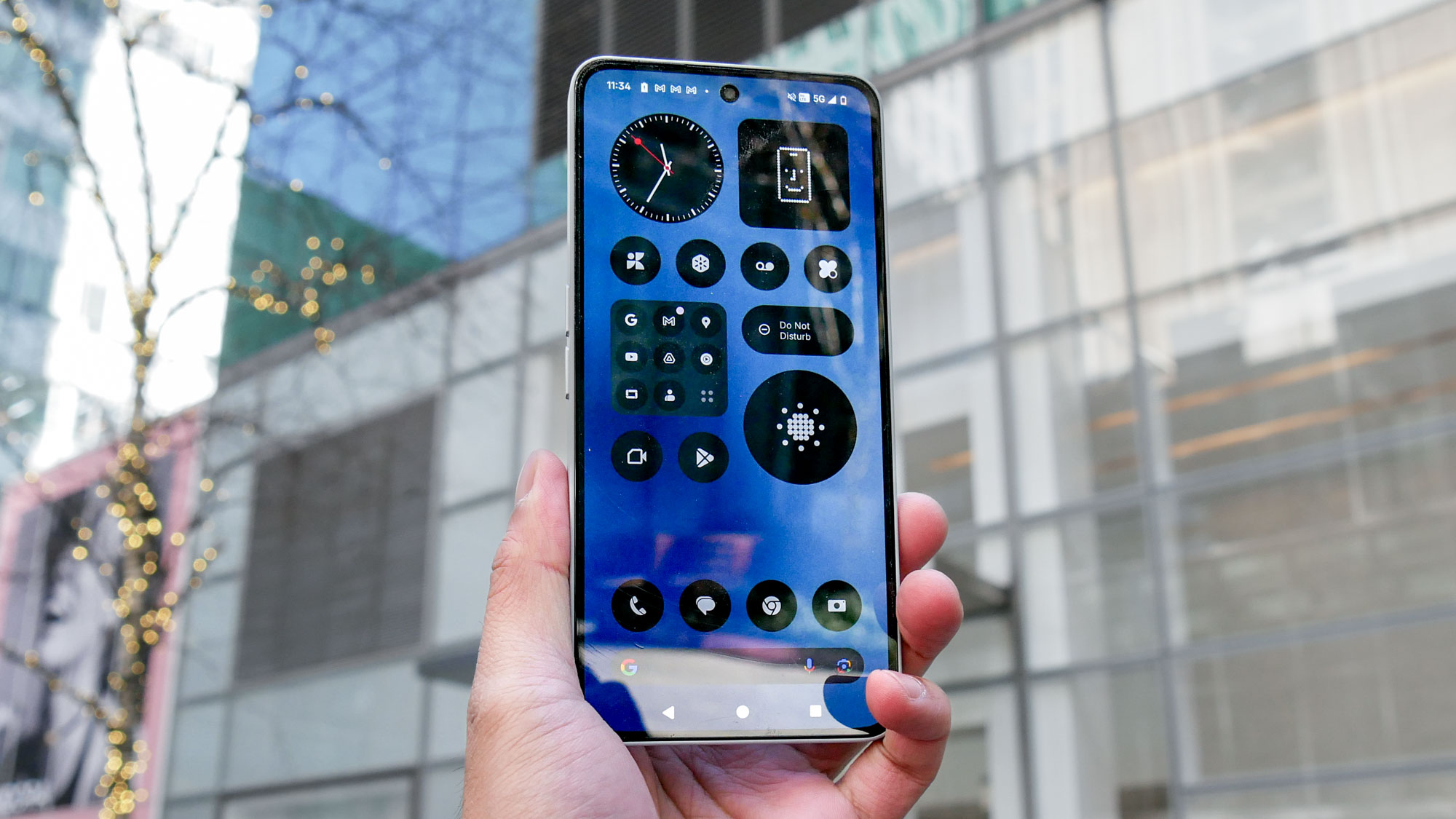
Specifications
Reasons to buy
Reasons to avoid
Budget phones tend to have compromises, but the Nothing Phone 3a Pro offers more for less. Considering how it costs $459 and packs features that are usually reserved for much more expensive flagship models, my colleague John Velasco says that the Nothing Phone 3a Pro redefines that it takes to be a budget phone. The Pixel 9a is a better bargain, but if you're looking for a low-cost device that also has a telephoto lens, this Nothing phone should be at the top of your list.
While its strengths continue to be around its unique design, Nothing OS, and Glyph Interface, Nothing adds a robust set of triple cameras on the back of the phone — complete with a telephoto camera with 3x optical zoom. Phones under $500 don't get this sort of treatment with their cameras.
If that's not enough to convince you about its utility, the Nothing Phone 3a Pro also offers all-day battery life with its 5,000 mAh battery and fast charging with its 50W speed. Over on the software side, Nothing OS 3.1 sports the same minimalist design that the software is known for, while also diving into the world of AI with the Essential Space.
Price and value: You really can't beat its $459 starting cost, which is a fraction of the cost of your typical flagship — and $40 less than the Pixel 9a. The Nothing Phone is also accompanied with 12GB of RAM and an even more generous 256GB of storage. Throw in its triple cameras, neat Glyph Interface, and long lasting battery, it's hard to deny its value.
To get the best price on the Nothing Phone 3a Pro, you'll need to buy directly from Nothing. Amazon sells the phone, but at a markup that pushes the price above $500 at the moment.
Camera performance: What's clear here that budget phones can have triple camera systems. Yet the Nothing Phone 3a Pro takes it one step further because of how it consists of a main, ultrawide, and telephoto camera with 3x optical zoom. The latter's important because budget phones often have less optical zoom, or none at all because they're transformed into portrait or macro cameras. The Pixel 9a, for example, has no dedicated telephoto lens while the iPhone 16e only features a single main camera.
For a budget phone, the camera performance is outstanding, especially under low light where it's much improved over its predecessor in the Nothing Phone 2a. There's also a dedicated macro mode than leverages the main camera instead of the ultrawide, to get sharper, more detailed images.
Battery life and charging: There's a 5,000 mAh battery inside of the Nothing Phone 3a Pro, which is enough to propel it to an average of 14 hours and 33 minutes on Tom's Guide's battery benchmark test. That actually beats many of its main rivals, like the iPhone 16e and Pixel 9a.
You can also tap into its 50W wired charging to get it charged in no time at all. In fact, 15 minutes of charging gets it up to 39% capacity — while 30 minutes moves it up to 70%. The only thing missing is wireless charging, which is probably the biggest compromise to getting this phone.
Overall performance: Ditching MediaTek in favor of Qualcomm this time around, the Nothing Phone 3a Pro is powered by a Snapdragon 7s Gen 3 chip. Benchmark scores don't make it as formidable, but it can still handle everyday tasks. Beyond that, it struggles to keep up smooth frame rates with games, which can often come off as choppy even when its dedicated Game Mode is enabled.
Verdict: If you're looking for a feature rich phone without the bloated cost, the Nothing Phone 3a Pro fits the bill. Few phones have such an intriguing design like this, plus it's pared with a versatile triple camera system that covers all the range from near, far, and everything in between. You'll just have to live without wireless charging and less than ideal gaming performance.
Attributes | Notes | Rating |
|---|---|---|
Price | For the amount it's going for, the $459 almost feels criminal in this day and age because few phones are priced at this without being stripped away of features. | ★★★★★ |
Cameras | Camera improvements on successive phones are often minor, but they're night and day with the Nothing Phone 3a Pro. Not only does it get upgraded to a robust triple camera system, but the performance is better than expected for a value phone. | ★★★☆☆ |
Power | This is one of the biggest drawbacks about being a value phone because the Snapdragon 7s Gen 3 isn't equipped to handle intense graphics processing. | ★★☆☆☆ |
Battery life | The 5,000 mAh battery carries the phone for all-day use, while also outlasting its main rivals. | ★★★★☆ |
More on the Nothing Phone 3a Pro
Best foldable phone

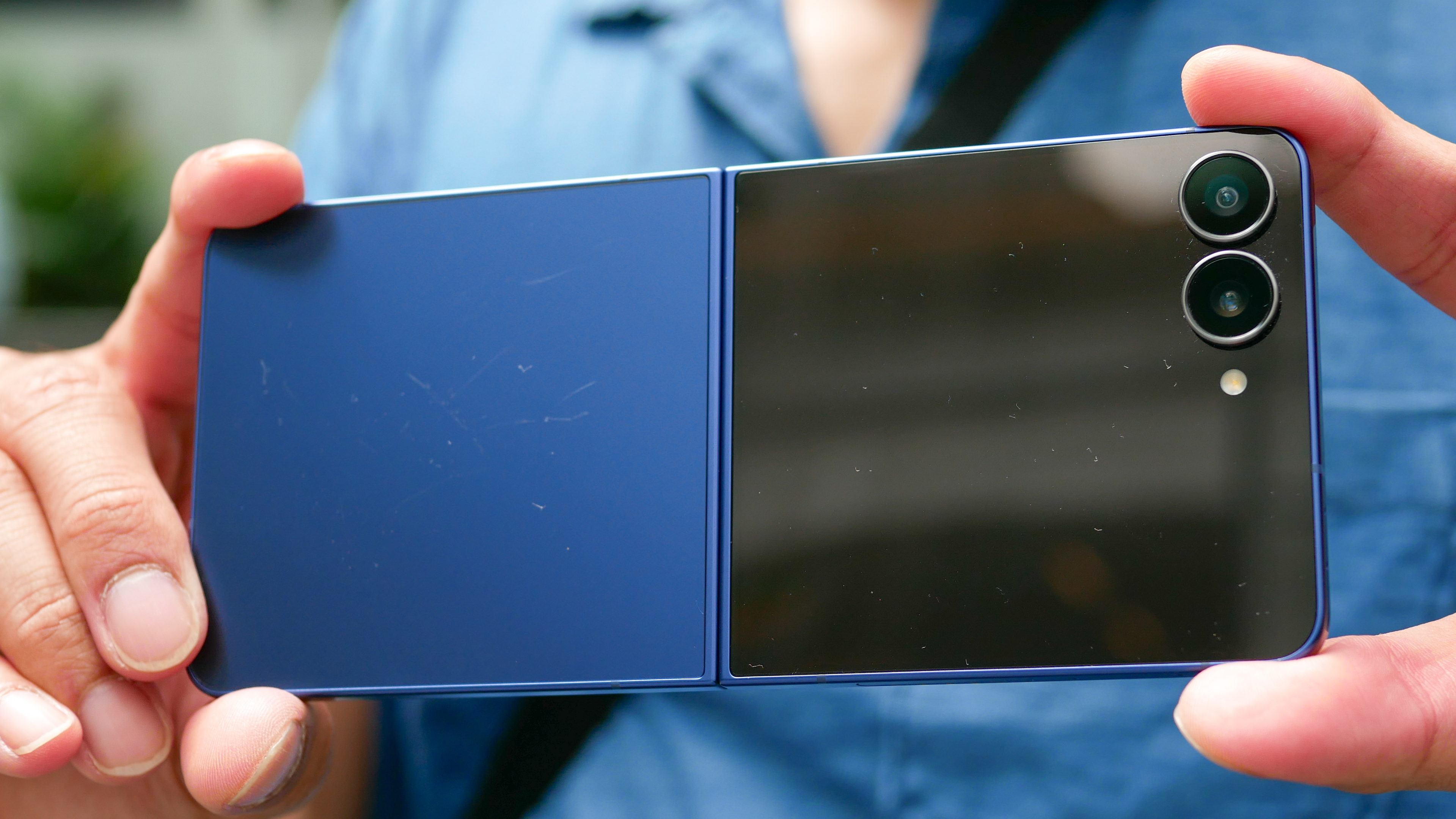
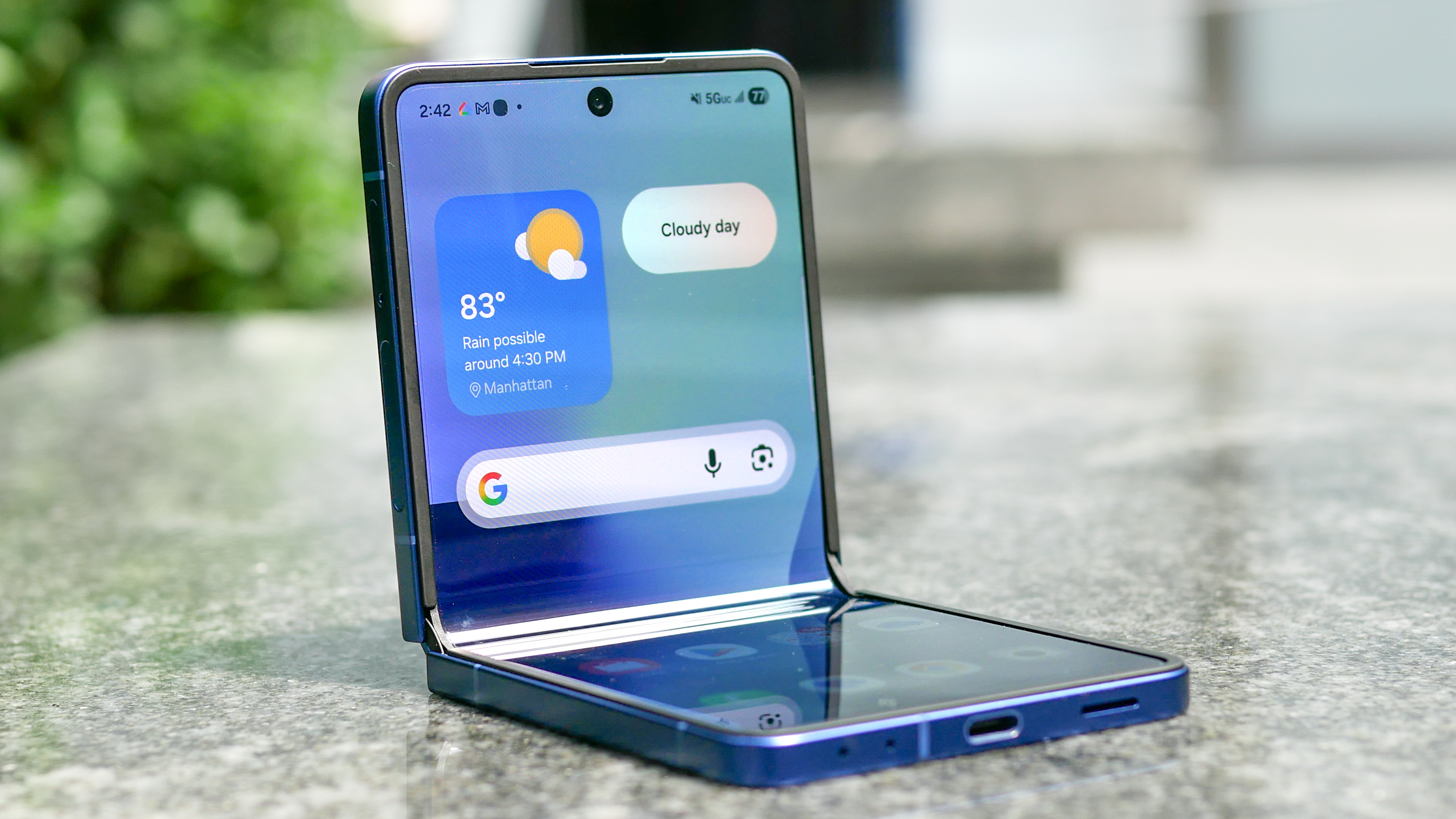
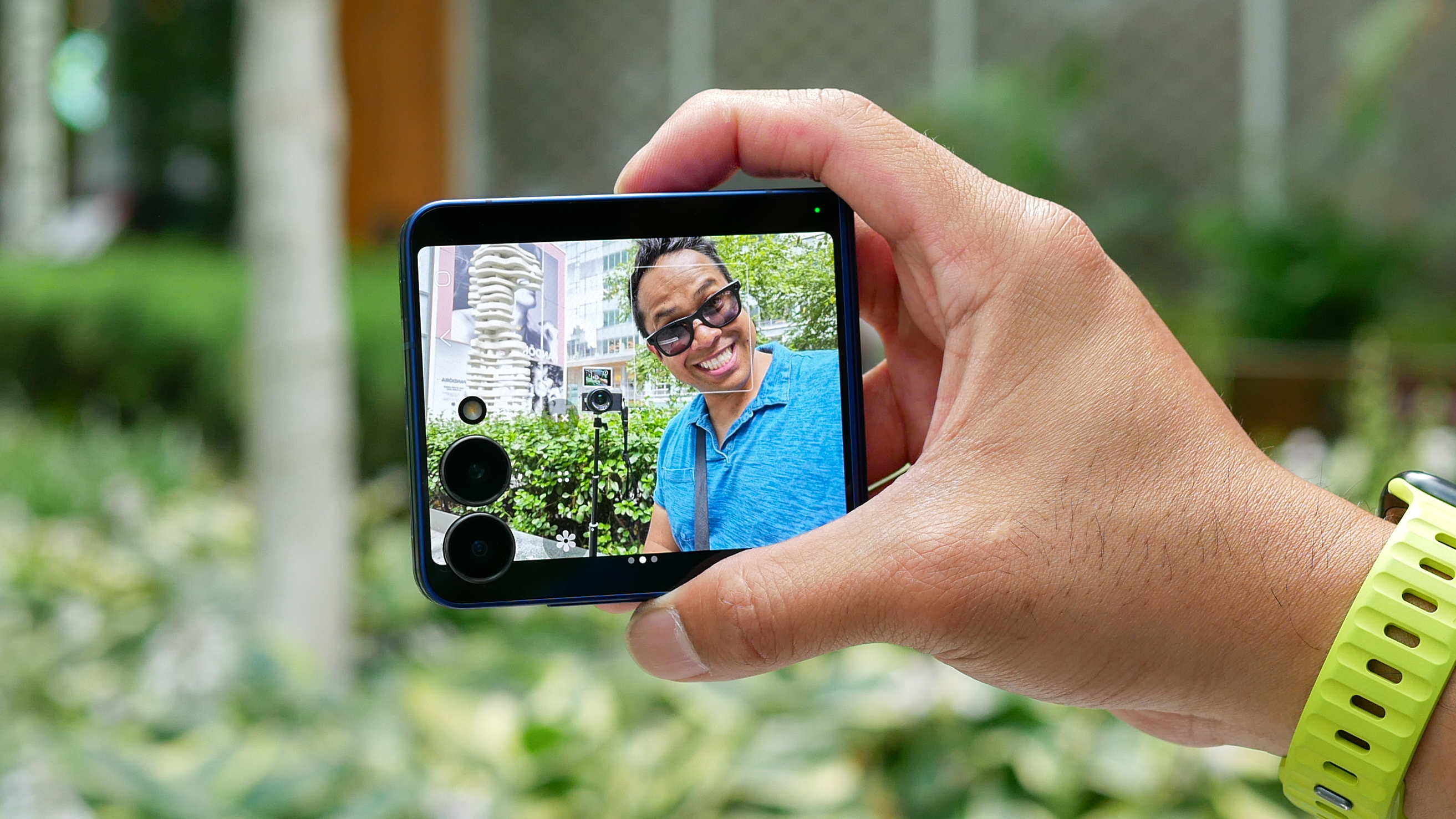

Specifications
Reasons to buy
Reasons to avoid
After ceding ground to other foldable phone makers like Motorola and OnePlus, Samsung bounces back in a big way with its 2025 devices. Both the Galaxy Z Fold 7 and Galaxy Z Flip 7 are the top choices for best foldable phone. Given the Fold's lofty $1,999 starting price and the playful design of a foldable flip phone, we think the Galaxy Z Flip 7 is the better choice for more people.
Both the interior and cover displays are larger on this year's model, making it easier to handle your business on the go. In particular, the 4.1-inch Flex Window is invaluable for getting better previews when shooting photos. And Samsung has made some key improvements, including tailoring its Galaxy AI features for the phone's foldable design.
Price and value: After a price hike to the Galaxy Z Flip 6, Samsung has held the line at a $1,099 starting price for the Galaxy Z Flip 7. That compares favorably to the $1,299 Motorola Razr Ultra (2025), a compelling foldable phone in its own right, though the Galaxy Z Flip 7 outperforms it in several key areas.
Samsung also offers a lower price option in the Galaxy Z Flip 7 FE, an $899 version that shares more in common with the Z Flip 6 than the newer model. For that reason, I'd steer you toward the Z Flip 7, which delivers more for the extra $200.
Camera performance: Camera specs haven't changed from the last version of Samsung's foldable phone, though there is an improvement to the ProVisual Engine that produces particularly strong photos in low-lighting. Even without much in the way of changes, though, the Galaxy Z Flip 7 offers the best cameras among foldable phones.
My colleague John Velasco tested the new Flip and raves about the phone's Flex mode, which makes it easier to get the shots you want. Thanks to the Flip's unique design, you can take selfies with the higher-resolution main camera, and you can positon the exterior display to see what you're shooting as well. Robust camera controls will appeal to content creators in particular.
Shooting images with both the Galaxy Z Flip 7 and Razr Ultra, John found that Samsung's phone offered better contrast, brighter pictures and superior definition to the background details of shots.
Battery and charging: Battery life remains a challenge for foldable phones, though the larger 4,300 mAh battery in the Galaxy Z Flip 7 does help it improve upon the Galaxy Z Flip 6's time in our battery test by nearly 1.5 hours. Still, in testing the phone, John found that the Galaxy Z Flip 7 was usually on the verge of going into power-saving mode by the end of the day, so you should plan on daily charging to keep this device powered up.
Battery life is one area where the Galaxy Z Flip 7 still trails Motorola's foldable phones, as the Razr Ultra bested the Flip's time on our test by more than 3 hours. The Razr offers faster wired charging, too.
Overall performance: Samsung decided to use its own Exynos 2500 chip instead of a Snapdragon 8 Elite system-on-chip, and as a result, the Galaxy Z Flip 7 turns in less robust results in CPU and GPU benchmarks than phones with Qualcomm's silicon. (That includes the Razr Ultra.) Nevertheless, in daily usage, John didn't spot any performance lags with the Galaxy Z Flip 7, and gaming on the device produced bright, smooth graphics.
Where the Galaxy Z Flip 7 distinguishes itself is with its AI capabilities. All the Galaxy AI features on Samsung's latest flagships are present and accounted for here, with the outer display on the Flip able to show off updates from the Now Brief and Now Bar features. John particularly found multimodal AI support to be a great addition to the Flip, as it allows the phone to see what you're seeing via its cameras, so that you can ask questions and gather information.
Verdict: The Galaxy Z Flip 7 is lighter and thinner than its predecessor, with the latest version of Android and a stellar set of AI features. Even areas that that haven't seen much of a gain like the cameras remain the go-to-choice among foldable devices.
Foldable phones aren't for everyone, but if you've been intrigued by the flexibility of a screen that can expand into something larger when you need it, the Galaxy Z Flip 7 is your best choice right now.
Read the full review: Samsung Galaxy Z Flip 7
Attributes | Notes | Rating |
|---|---|---|
Price | You'll have to pay more than $1,000 for the Galaxy Z Flip 7. but at least this year's phone didn't feature a price hike | ★★★☆☆ |
Design | Bigger screens, a thinner design and solid durability mark the Galaxy Z Flip 7 as one of the best-looking foldable phones out there. And the crease on the main display isn't as visible as it once was. | ★★★★★ |
Power | The Exynos 2500 chipset inside the Galaxy Z Flip 7 can't keep pace with the Snapdragon 8 Elite, but in everyday use, the Flip can hold its own. Excellent AI features add to the appeal. | ★★★☆☆ |
Battery life | Battery life is better than on any previous Flip, though Motorola's foldable flip phones lasted longer on our battery test. | ★★★★☆ |
More on the Samsung Galaxy Z Flip 7
Best thin phone
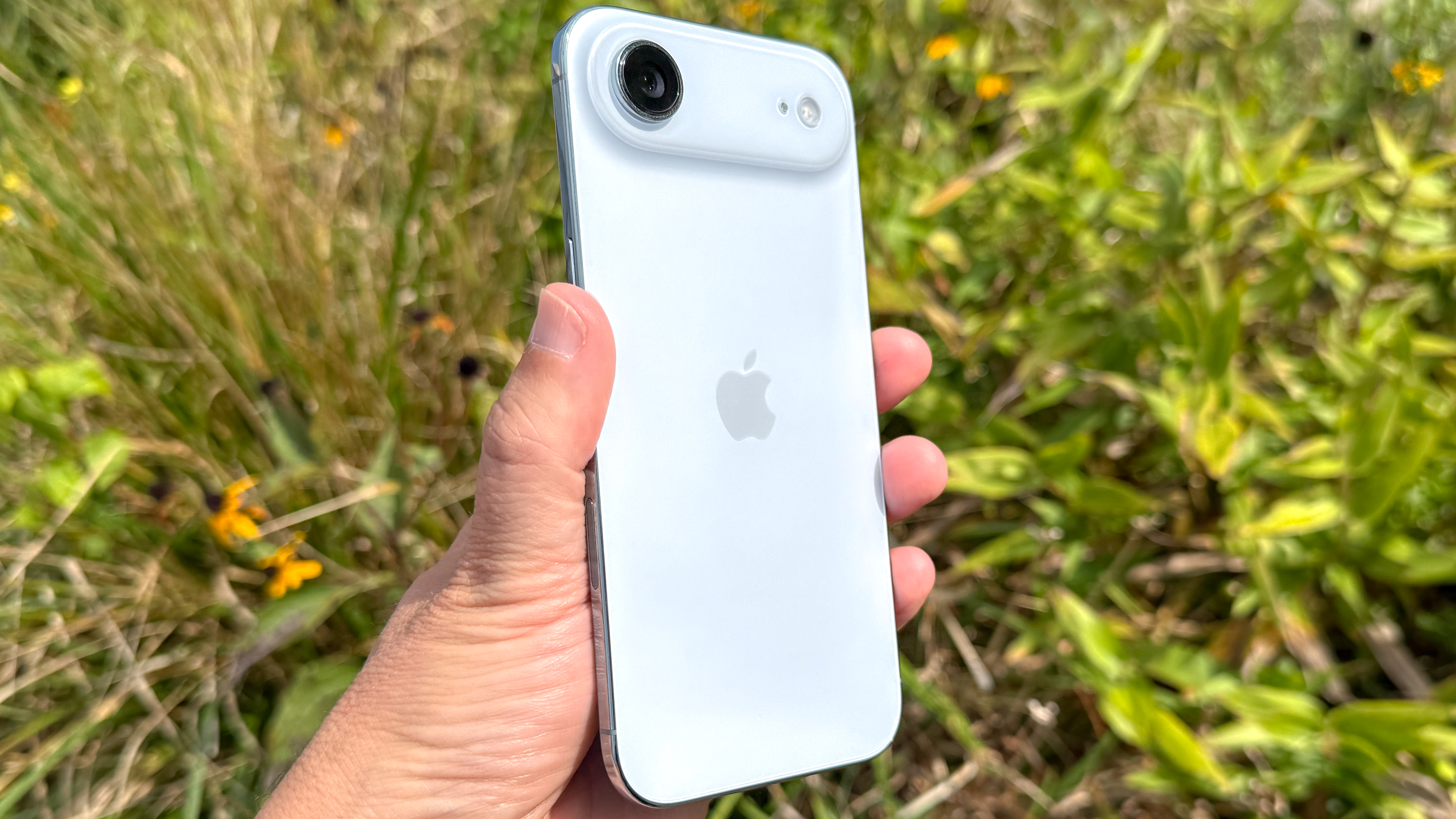
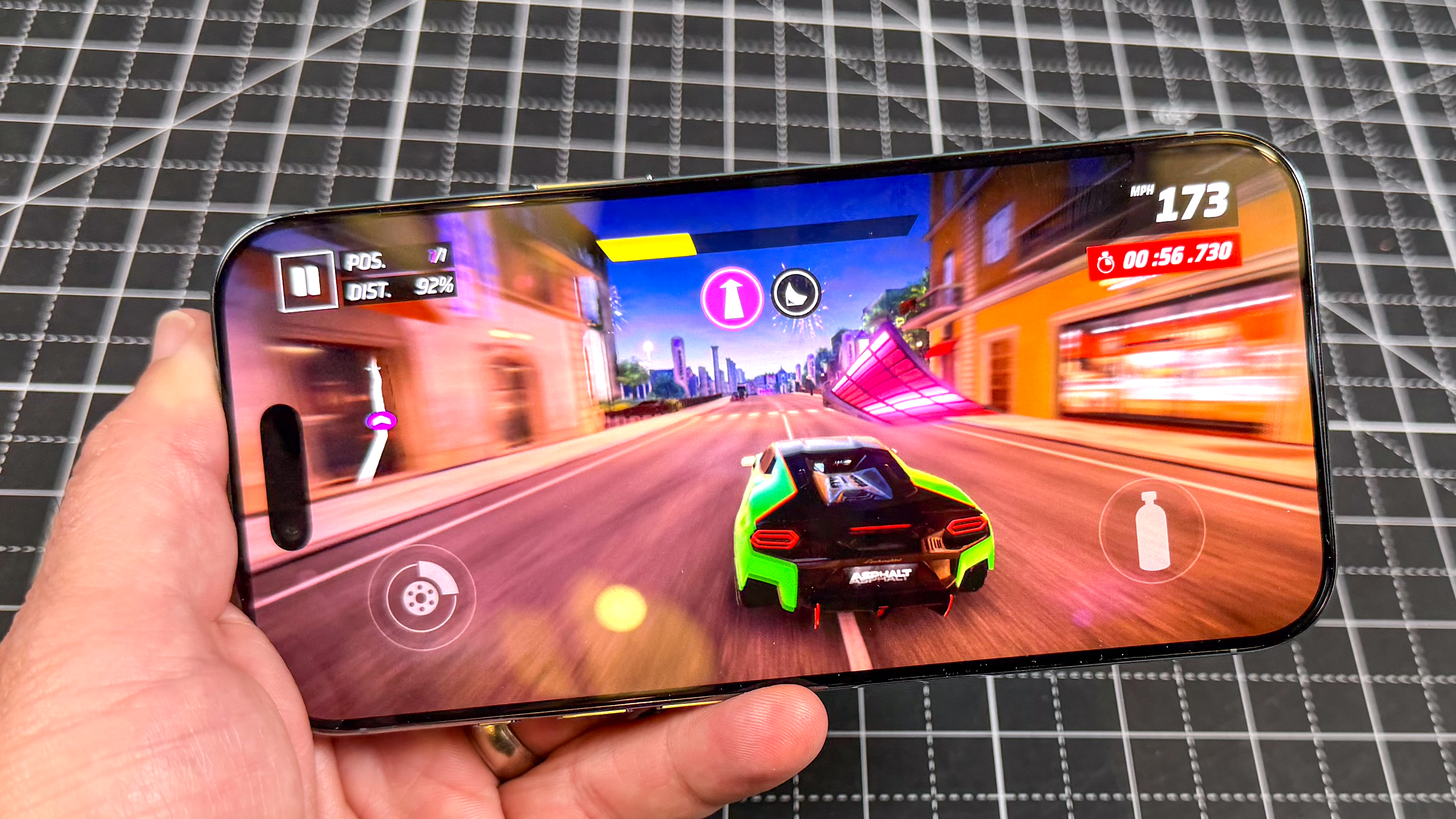
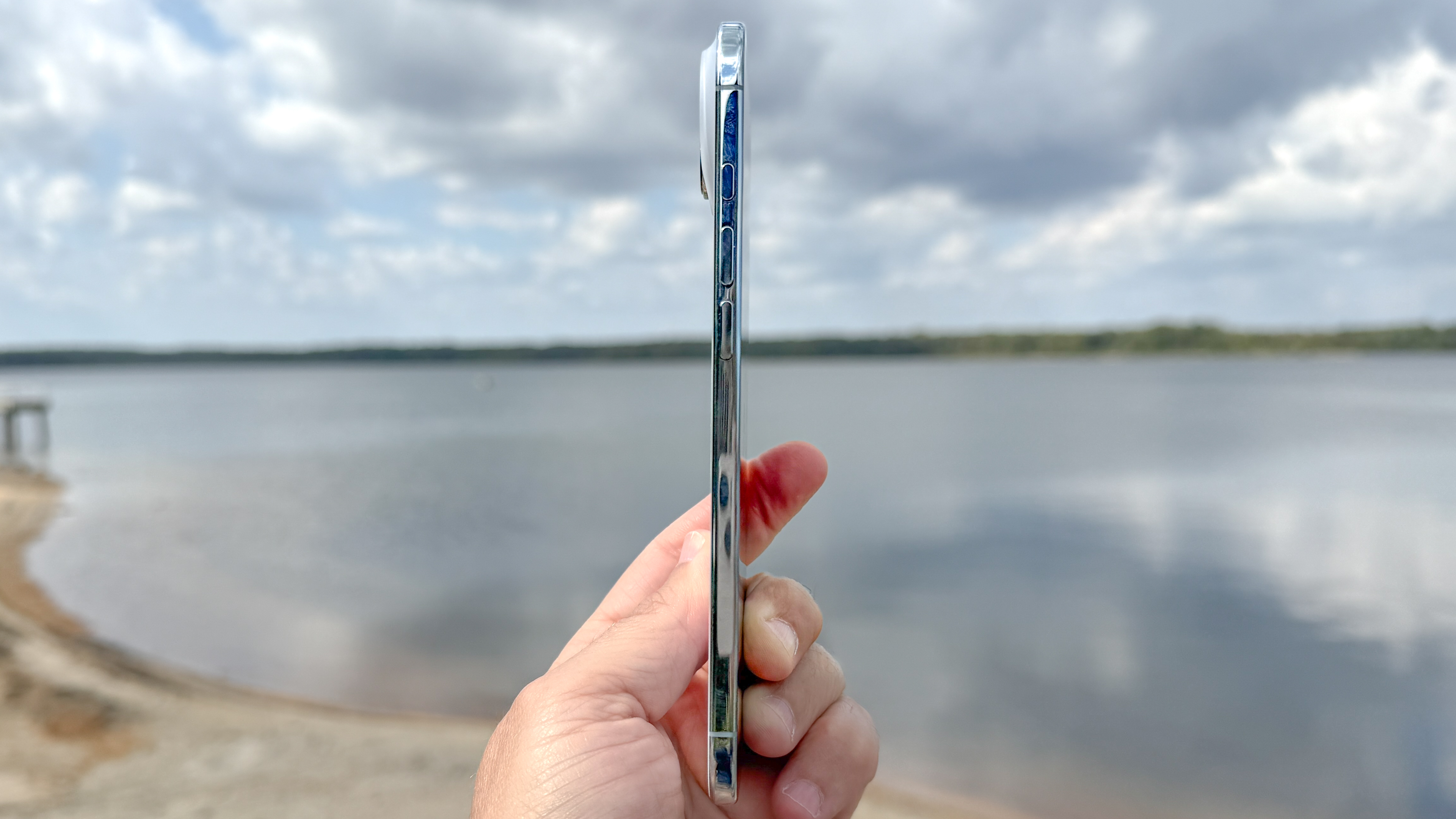


Specifications
Reasons to buy
Reasons to avoid
Rounding out the list is the iPhone Air, which takes the best of Apple's flagship model, but in a much thinner and lighter package. Its 5.64mm frame makes it an engineering marvel that sets the benchmark for all other flagships when it comes to a thin design, all while proving it can also outmuscle its rivals with its A19 Pro chip.
Price and value: This one's tough because a thin design does come with some trade-offs. For starters, you're paying a premium with its $999 starting cost, which isn't too far off from the iPhone 17 Pro Max.
Two of the biggest trade offs include its smaller battery and the fact that it only has a single rear camera, which is unheard of for a modern flagship. It doesn't have as long as a battery charge as a result, so charging it is a frequent occurrence you'll need to come to terms. Meanwhile, it lacks the dedicated telephoto and ultrawide cameras that come with Apple's Pro models — so you're not going to get as good results.
Despite these shortcomings, it's a powerhouse in every way with its flagship caliber A19 Pro chip, 256GB starting storage, and modest sized 6.6-inch OLED with an adaptive 120GHz refresh rate.
Camera performance: Apart from the fact it only has a single rear camera, the iPhone Air actually delivers excellent results, especially under low light conditions. In fact, it matches the iPhone 17 Pro's main camera performance for just about every type of shot.
Battery and charging: This is undoubtedly the weakest part about the iPhone Air, as it's clearly at a disadvantage with its smaller battery. Even with the power efficient A19 Pro chip, it pulls in a tepid 12 hours and 2 minutes in our battery benchmark test.
Yes, it's a shortcoming you'll need to accept in order to get a phone that's this thin, but it doesn't help that it doesn't get the same fast charging speeds as the iPhone 17 Pro and 17 Pro Max.
Overall performance: In my colleague's review, Mark Spoonauer says he was satisfied by the iPhone Air's performance. The A19 Pro chip has one less GPU core than the 17 Pros, but it's more than sufficient for most tasks — which only helps when you get fluid animations and instant responses with its 120Hz refresh rate. Benchmark scores put it on par to those of the other iPhone 17 phones.
Heat buildup is a little of a problem here, which appears to be isolated towards the top of the device, and this is the area that got fairly warm during our testing. Mark tried running Asphalt Legends for 10 minutes, and ended up measuring a temperature range of 106-109 degrees around that area.
Verdict: Although it's not a home run, the iPhone Air gives us a small taste at what could end up being the biggest trend of the year: flagship phones with rail thin designs, just like the Galaxy S25 Edge. It's solidly constructed too, complete with the same IP68 rating as the iPhone 17 Pro.
If you're tired of having to carry around big phones that feel heavy, the iPhone Air is your best choice for now — and this is despite some of its trade-offs. Not only do you have the same set of Apple Intelligence features to try out as the iPhone 17 Pros, but it still packs a bright display, good camera performance, and 7 years of software support.
Read the full review: iPhone Air
Attributes | Notes | Rating |
|---|---|---|
Price | You're really paying a premium with the iPhone Air. At $999, it's almost as expensive as the iPhone 17 Pro, so you're ponying up most for its ultra-thin design and lightweight package. | ★★★☆☆ |
Cameras | Although it's only a single rear camera setup here, its performance holds up to some of the best camera phones out there. | ★★★★☆ |
Power | Powered by the A19 Pro, it doesn't show any signs of weakness with its peppy response, solid benchmark scores, and smooth gaming experience. | ★★★★☆ |
Battery life | With a time on our battery test that's around 2 hours better than the average phone, the iPhone Air actually lags behind the flagship pack due to a much smaller battery capacity. | ★★☆☆☆ |
More on the iPhone Air
- iPhone 17 vs iPhone Air: Which new iPhone should you buy?
- I just switched from iPhone 16 Pro Max to iPhone Air — what I like and what I don't
- iPhone 17 Air vs Galaxy S25 Edge
Best phones: Key specs compared
Here's a closer look at how our best phones pick compare when it comes to display brightness and battery life test results.
Phone | Screen size | Brightness test results (nits) | Battery life test results (Hrs: Mins) |
iPhone 17 Pro Max | 6.9 inches | 1,899 | 17:54 |
Samsung Galaxy S25 Ultra | 6.9 inches | 1,860 | 17:14 |
Google Pixel 9a | 6.3 inches | 2,076 | 13:08 |
Google Pixel 10 Pro | 6.3 inches | 1,976 | 13:43 |
iPhone 17 | 6.3 inches | 1,505 | 12:47 |
OnePlus 15 | 6.82 inches | 1,222 | 25:13 |
Pixel 10 | 6.3 inches | 2,333 | 13:13 |
Nothing Phone 3a Pro | 6.77 inches | 1,259 | 14:33 |
Samsung Galaxy Z Flip 7 | 6.9 inches (interior display); 4.1 inches (exterior) | 1,989 | 12:24 |
iPhone Air | 6.5 inches | 1,678 | 12:02 |
FAQs: Finding the best phones
What is the best Android phone?
After reviewing all the releases so far this year, we think the Samsung Galaxy S25 Ultra is the best Android phone available right now. It'll set you back more than $1,000 but it's easily the most comprehensive Android smartphone out there, even leap-frogging Google's own Pixel 10.
What phone has the best camera?
The Samsung Galaxy S25 Ultra is also our pick of the best camera phones available today. Its 200MP main lens, supported by two telephoto lenses (50MP, 10MP) and an ultra wide lens, alongside the phone's new AI ProVisual Engine means that it can take visually impressive shots with an incredible amount of detail, even for macrophotography.
Which phone is better: iPhone or Samsung?
There's not an objective answer as to whether an iPhone or Samsung phone is better, as it depends on what you need from your smartphone. You'll want an iPhone if you value simplicity and compatibility with other Apple devices. In the U.S., Apple's popularity also means that many apps are developed for iOS only or come to the App Store before they reach Android. If you use AirPods, have an Apple TV and work on an iMac or MacBook, the iPhone is probably going to suit you most.
The same goes for Samsung; if you have a Samsung account, have used their phones in the past, and use a Samsung Watch, a Samsung phone will be best. There's also a much larger range of Samsung devices for almost every possible configuration and preference, from cheap small phones to large ones with incredible cameras.
Samsung is also steps ahead of Apple in adding AI to it's devices. Apple Intelligence is off to a very slow start (having launched in 2024 and barely changing since then). Samsung has it's own Galaxy AI package, but also incorporates a lot of Google's features, powered by Gemini.
How will tariffs impact phone prices this year?
So far, there's been no price hikes directly resulting from tariffs on products imported from other countries — which would include phones, given how they're assembled overseas. And while tariff policies seem to fluctuate on a whim, there's a definite risk that the cost of phones could go up at some point this year.
Let's take Apple, which could be one of the big players affected by the Trump administration's tariff policy. Apple says it's shifting production of phones sold in the U.S. to India and away from China in part to mitigate the impact of tariffs. Nevertheless, the company expects tariffs to add $900 million to its costs during the June quarter. Of course, that was before President Trump threatened Apple with a 25% tariff unless it moved phone production to the U.S. — something that would be very difficult to do.
Even with some trade deals being struck, rumors point to higher iPhone 17 prices this fall. And while you may be tempted to grab a current iPhone to avoid any price hike, you're better off waiting for Apple's launch event at this point, as prices of existing iPhones could see a drop then.
Should I get an Android device or iPhone?
Android phones give you more choice in terms of price, size and innovative designs. However, iPhones offer speedier software updates, better games and apps and better security and privacy. See our iPhone vs Android face-off for more on the strengths and weaknesses of the two mobile platforms.
When do new phones come out?
It helps to have some idea as to when new phones are on their way if for no other reason than you don't unwittingly buy a device that's about to be made obsolete. (There's an argument to be made for buying a phone as its successor is getting announced should the older model see a price drop.) Phone makers tend to keep launch dates close to the vest, but they also have a habit of releasing new models at the same time of the year. Here's out best guess as to what's coming next for the most anticipated phones of 2025:
- Samsung Galaxy Tri-Fold: by end of the year 2026
In addition to hardware releases, there's also all the new software that launched with improved features to your favorite phones. Google move up the release of Android 16, which is available now on Pixel phones and ships with the Galaxy Z Fold 7 and Galaxy Z Flip 7. iOS 26 — no, you didn't miss eight updates since iOS 18, Apple's just changing the naming convention for its software — officially launched alongside the iPhone 17 release.
Is it better to buy an unlocked phone?
Most shoppers in the U.S. buy new phones through their wireless carrier. But an unlocked phone gives you the freedom to buy the device without any sort of contract and then bring it to the provider you want to use. And these days, it's pretty easy to bring an unlocked phone to any phone carrier.
That said, some phones cost more when you buy them unlocked. For example, Apple tacks $30 on to the price of the iPhone 16 for an unlocked model. Best Buy typically takes money off the price of a phone when you activate it with a specific carrier at time of purchase.
How big of a phone should I get?
Fans of the best small phones will have a hard time finding devices with screens smaller than 6 inches today, though a few still exist. Thanks to shrinking bezels, most phones with screens around 6.1 inches are fairly compact. If you prefer a big phone, you'll want something with a screen that's 6.5 to 6.8 inches. Anything bigger, and you'll likely want to turn to a foldable phone, where the device opens up to reveal a larger display.
What should I consider when looking at camera features?
Most phones will come with at least two rear cameras — a main lens and an ultrawide shooter, usually. Telephoto lenses offering an optical zoom are often reserved for more expensive flagship phones. Don't pay attention to the megapixel count. Instead, look at camera face-offs between phones to see the photo quality and look for special features like Night Mode to get better quality in low light. Also see our best camera phone roundup for more on the devices that really excel when taking photos.
What do I need to know about smartphone battery life?
Generally, phones with larger batteries (measured in mAh) offer the longest battery life, but that's not always the case. That's why we run our own battery test, in which we make phones surf the web until they run out of power. The average phone runs out of juice after about 10.5 hours in our test, while devices with the best phone battery life we've tested tend to reach the 15-hour mark with some phones lasting longer than 18 hours.
What about AI features?
Artificial intelligence is the talk of the tech world these days, and mobile phones are looking to capitalize on the buzz by adding AI-powered features that either simplify common tasks or help you create new images and documents on the go.
Google's phones — whether it's the flagship Pixel 9 models or even the budget Pixel 9a — have the most advanced AI, and the new Pixel 10 lineup adds more capabilities. But Samsung has gotten very aggressive with adding Galaxy AI capabilities, whether it's introducing AI features in new phones or extending those features to older flagships; that said, it's unclear which Galaxy AI additions arriving with the Galaxy S25 will find their way to other Samsung devices.
Apple trails both its rivals, though it hopes the Apple Intelligence features currently rolling out to the iPhone 16 and iPhone 15 Pro models will close the gap somewhat. The arrival of the iPhone 16e makes those AI features available in a lower-cost model.
For a comparison of AI features on the major flagships, see our iPhone vs. Galaxy vs. Pixel AI phone face-off. Google's latest Pixels finished on top, though Galaxy AI made a strong showing in image-editing tasks.
How we test smartphones
In order for a smartphone to make our best phone list, it needs to excel on several tests that we run on every handset. We perform some of these tests in our labs and some in the real world.
When it comes to performance, we rely on such synthetic benchmarks as Geekbench 5 and 3DMark's Wild Life Unlimited to measure graphics performance. These tests allow us to compare performance across iPhones and Android devices. We also run a real-world video transcoding test on each phone using the Adobe Premiere Rush app and time the result.
To measure the quality of a phone's display, we perform lab tests to determine the brightness of the panel (in nits), as well as how colorful each screen is (DCI-P3 color gamut). In these cases, higher numbers are better. We also measure color accuracy of each panel with a Delta-E rating, where lower numbers are better and score of 0 is perfect.
One of the most important tests we run is the Tom's Guide battery test. We run a web surfing test over 5G or 4G at 150 nits of screen brightness until the battery gives out. As noted above, a phone that lasts more than 10 hour has good battery life, while phones that last around 12 hours or longer are among the longest-lasting phones we've tested.
Last but not least, we take the best phones out in the field to take photos outdoors, indoors and at night in low light to see how they perform versus their closest competitors. We take shots of landscapes, food, portraits and more, and also allow you to be the judge with side-by-side comparisons in our reviews.
For more information, check out our how we test page for Tom's Guide.
Get instant access to breaking news, the hottest reviews, great deals and helpful tips.
Philip Michaels is a Managing Editor at Tom's Guide. He's been covering personal technology since 1999 and was in the building when Steve Jobs showed off the iPhone for the first time. He's been evaluating smartphones since that first iPhone debuted in 2007, and he's been following phone carriers and smartphone plans since 2015. He has strong opinions about Apple, the Oakland Athletics, old movies and proper butchery techniques. Follow him at @PhilipMichaels.





